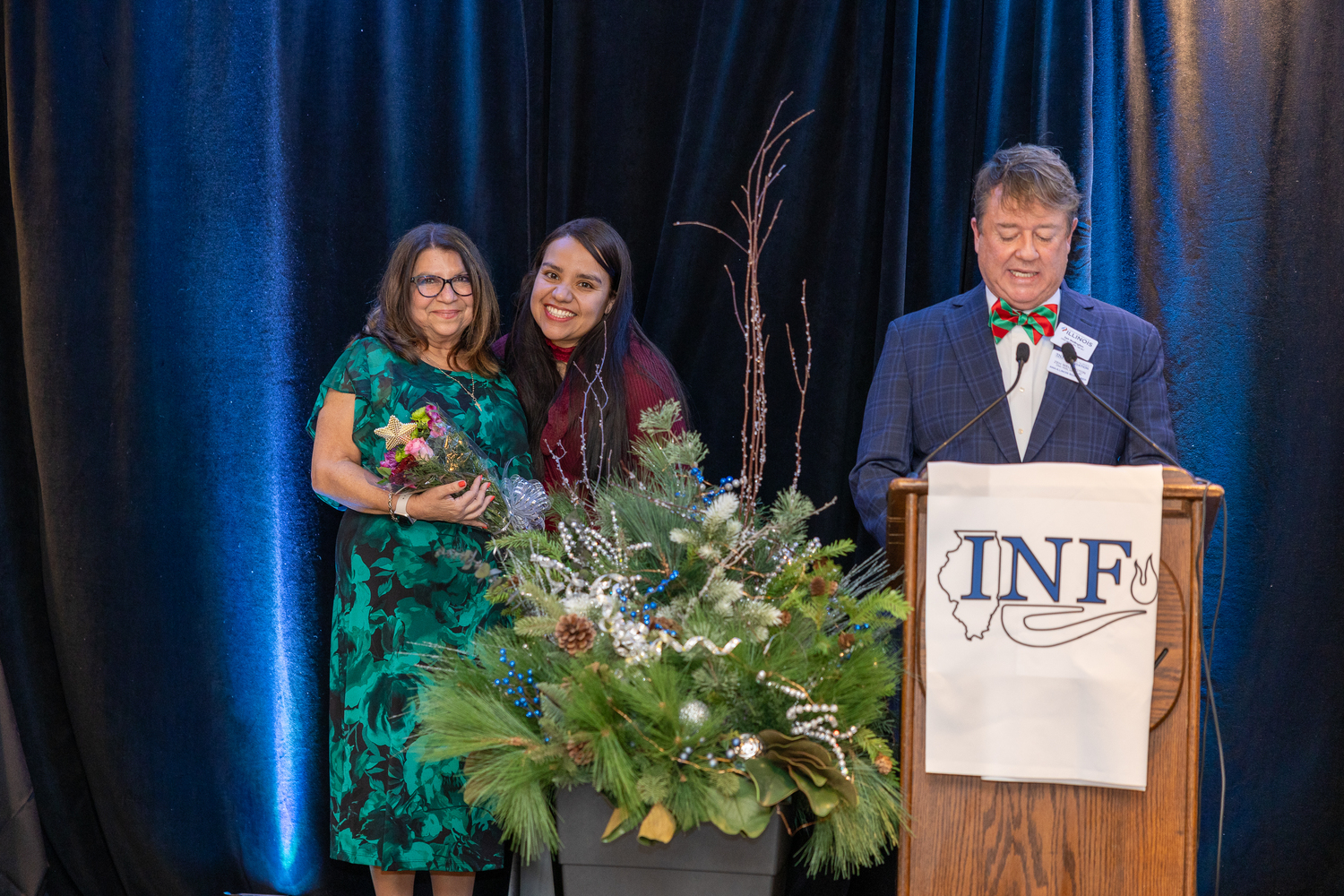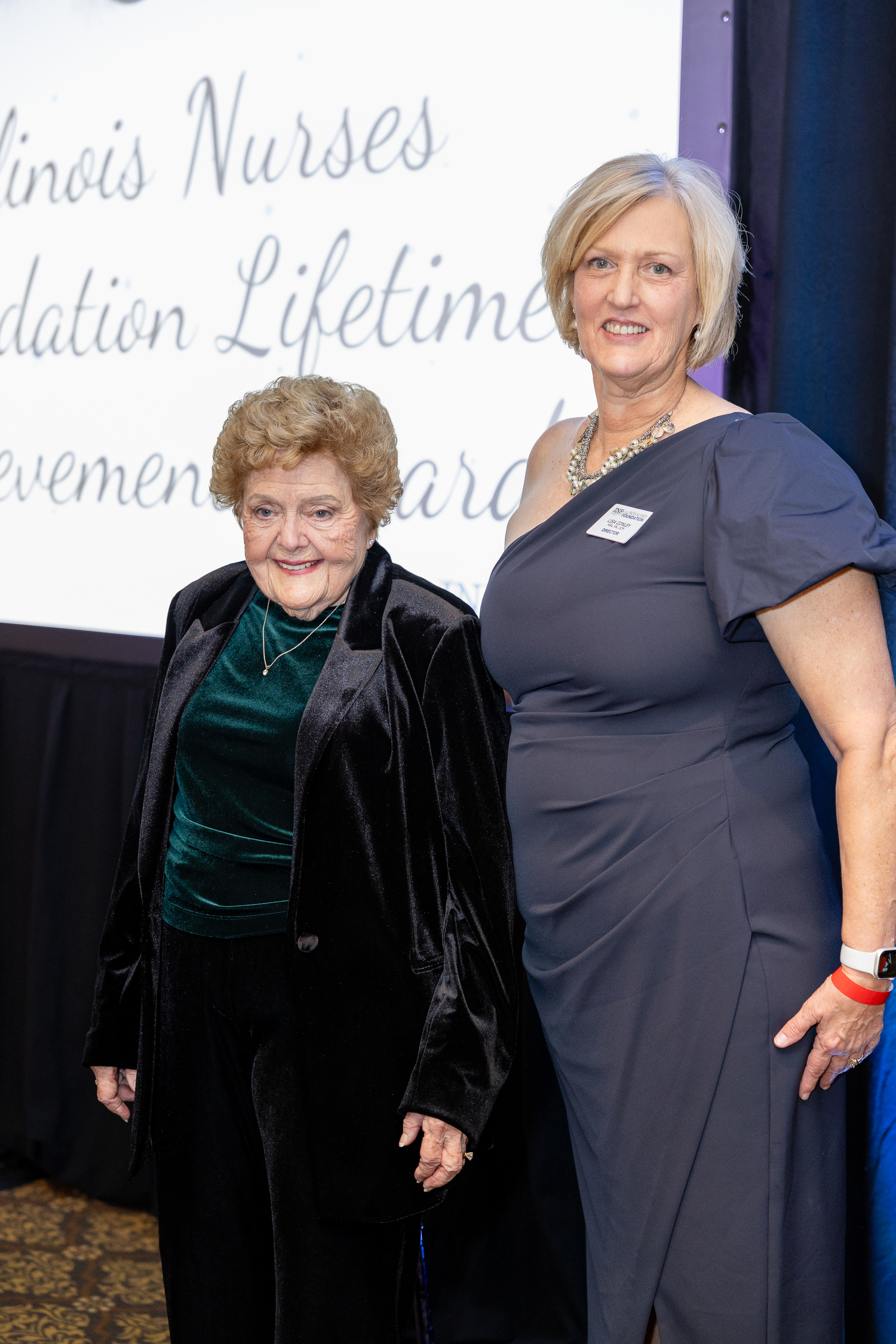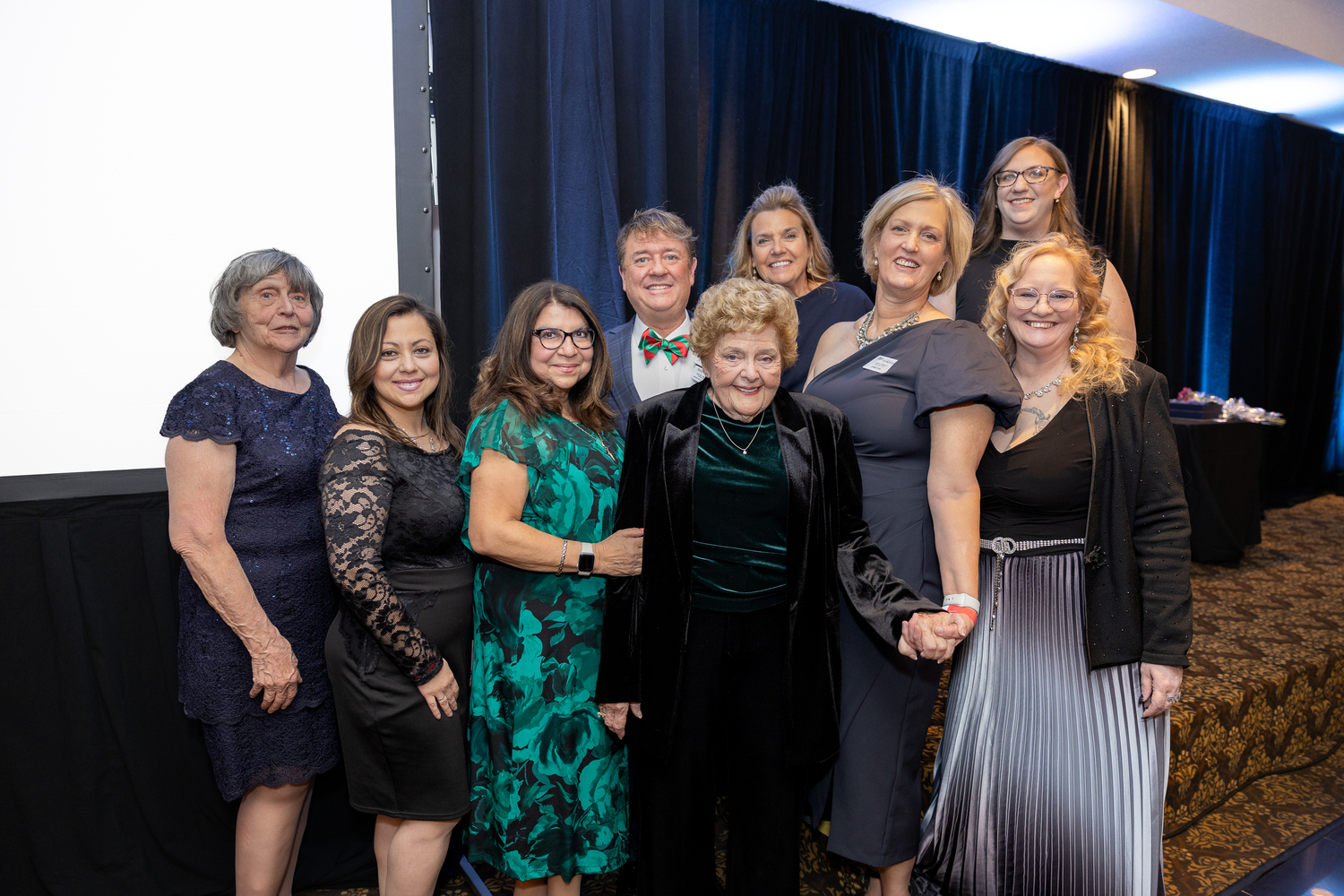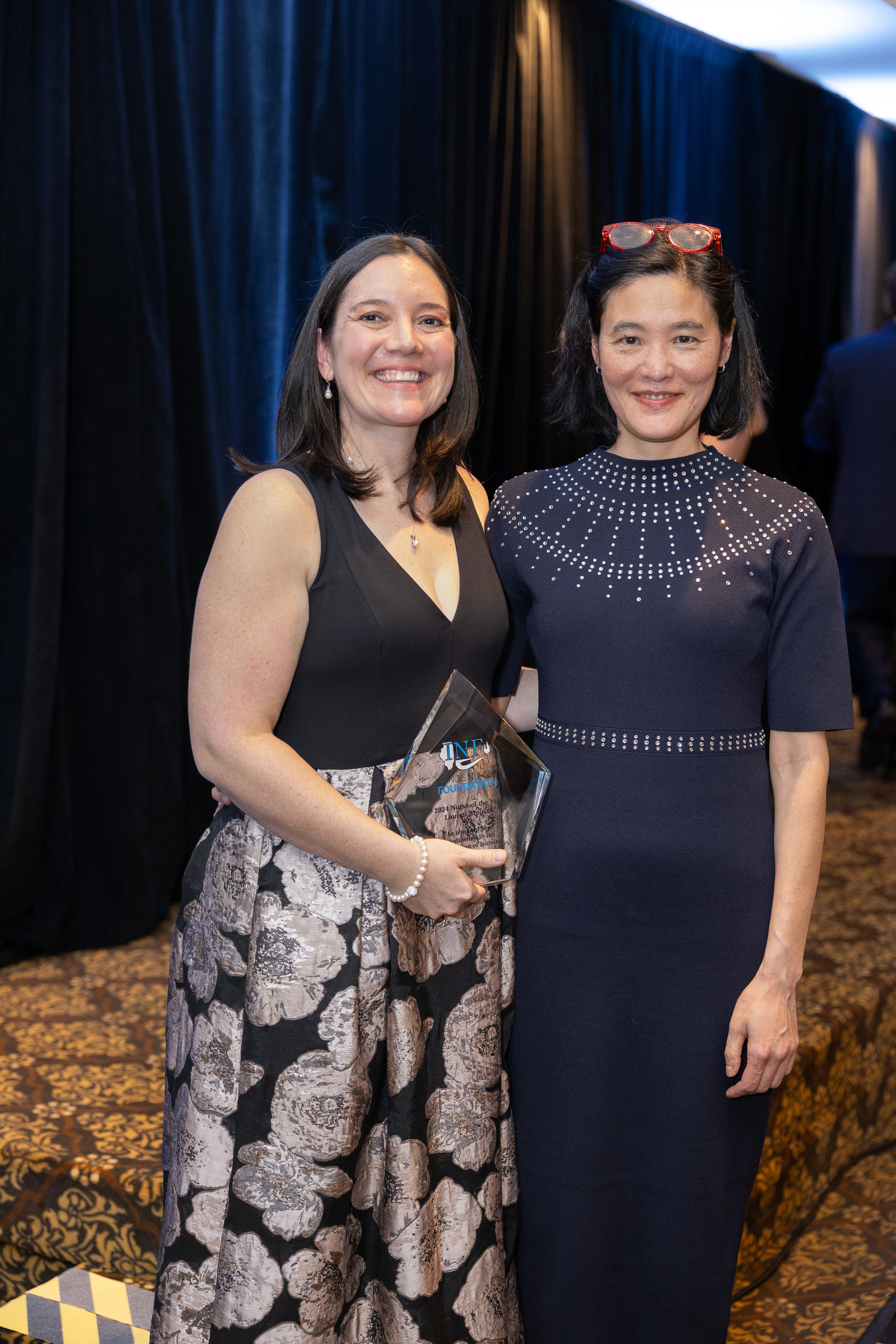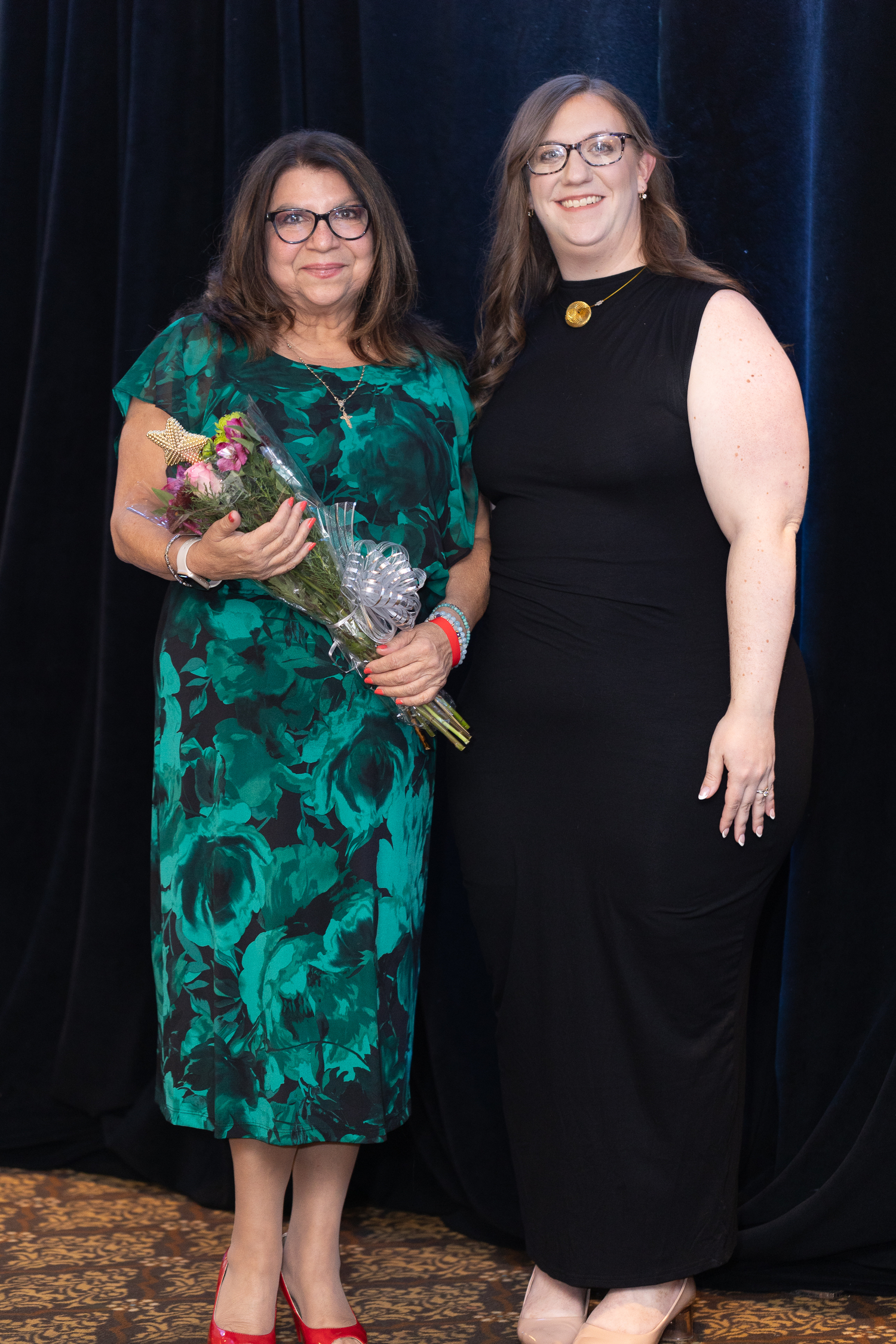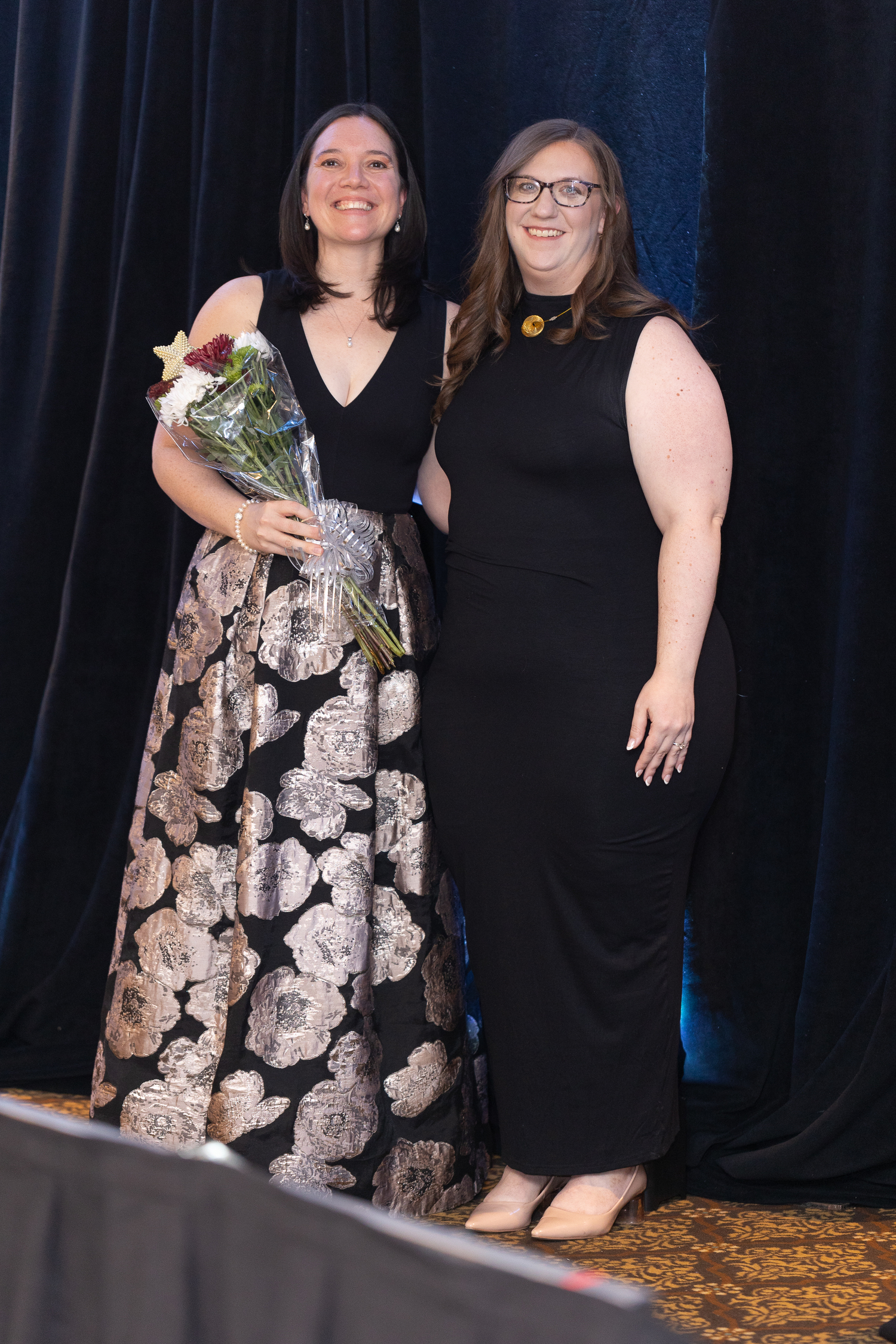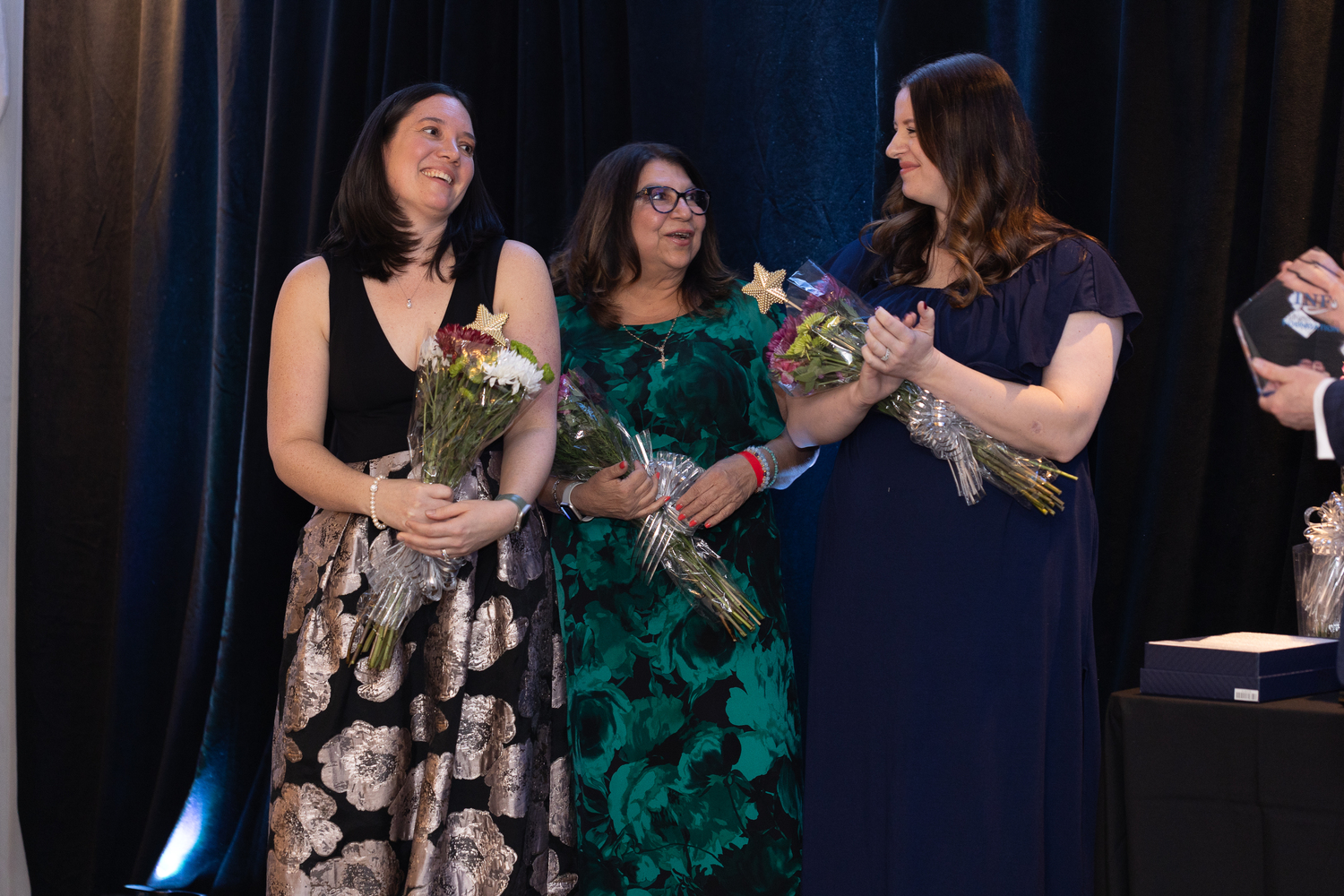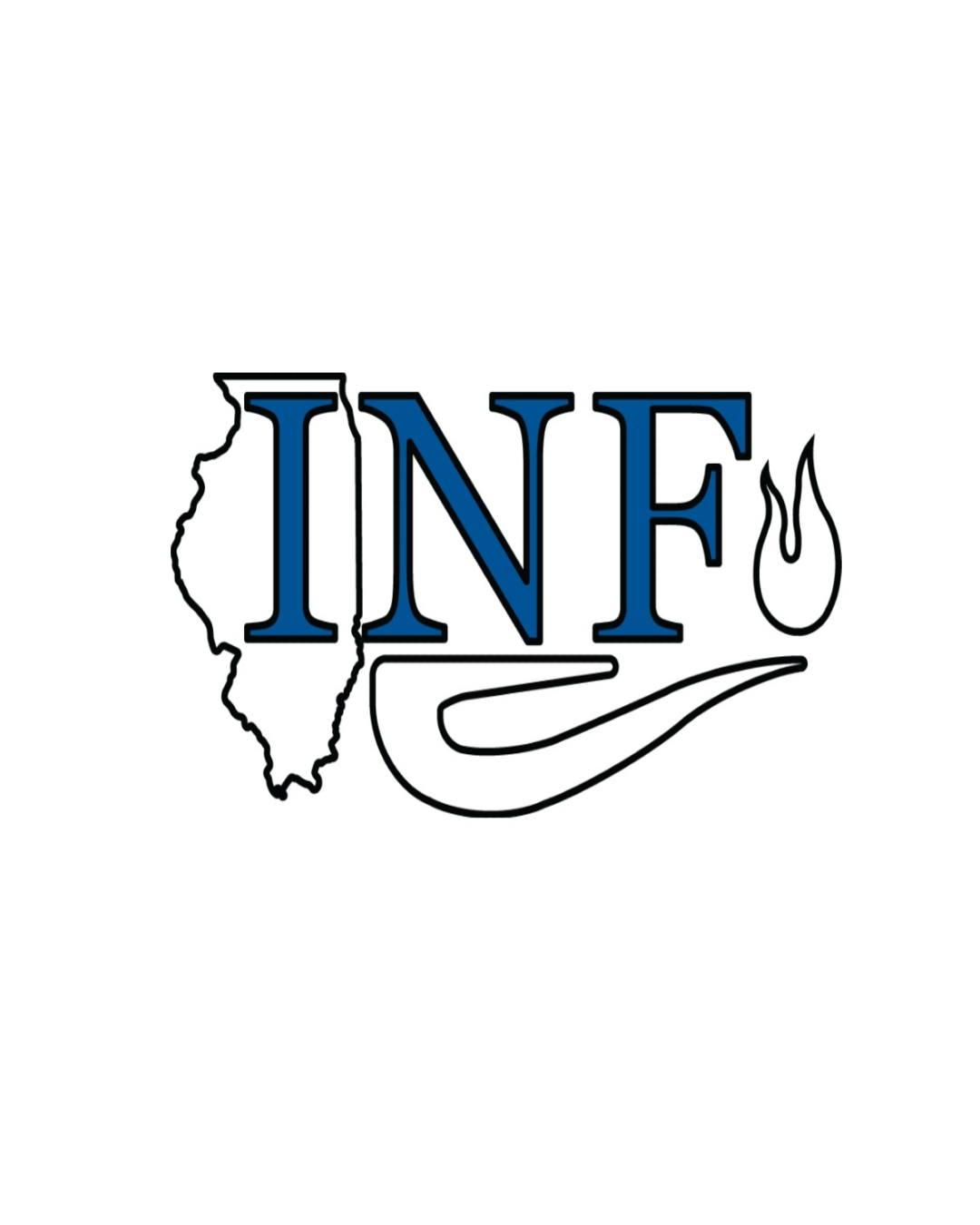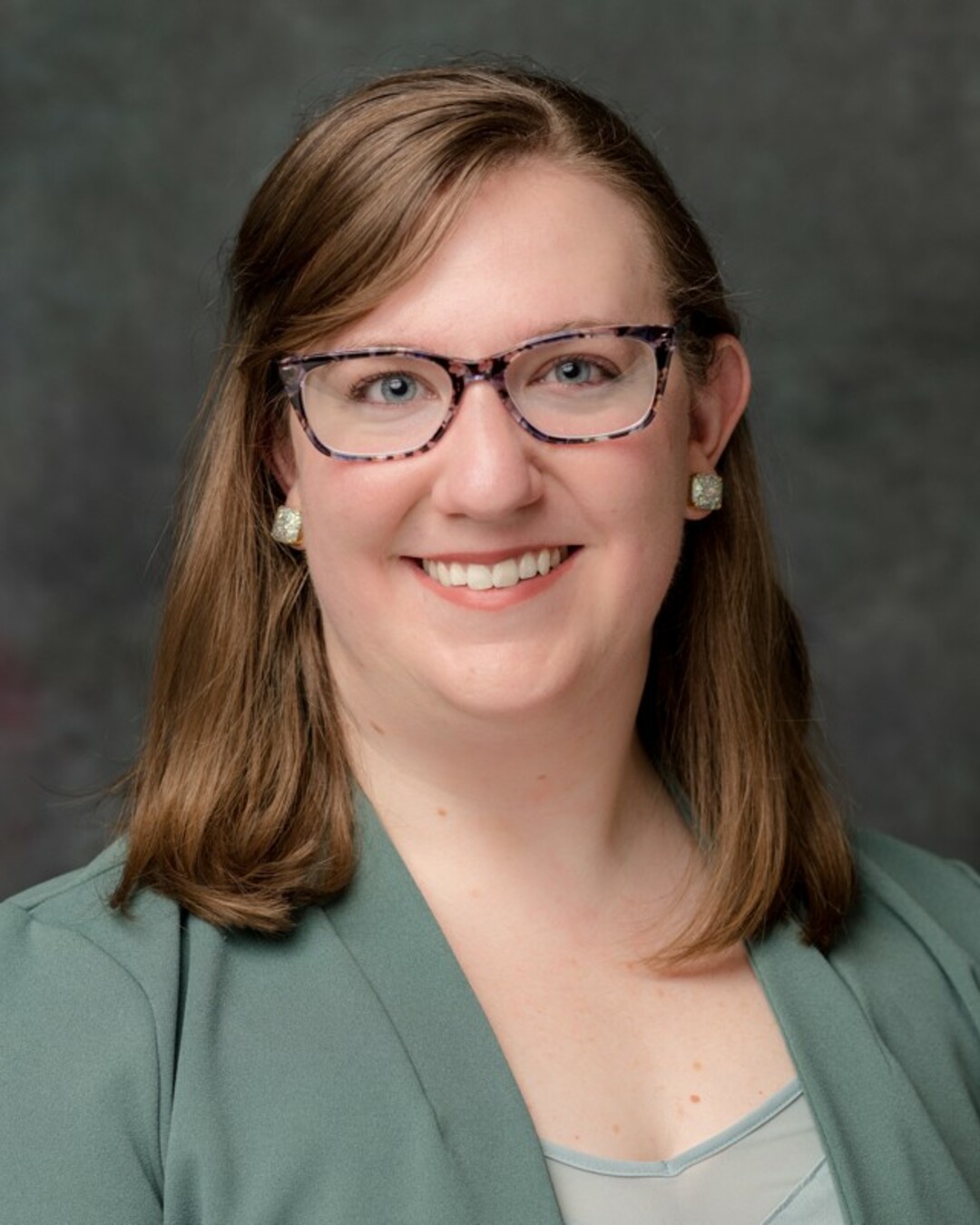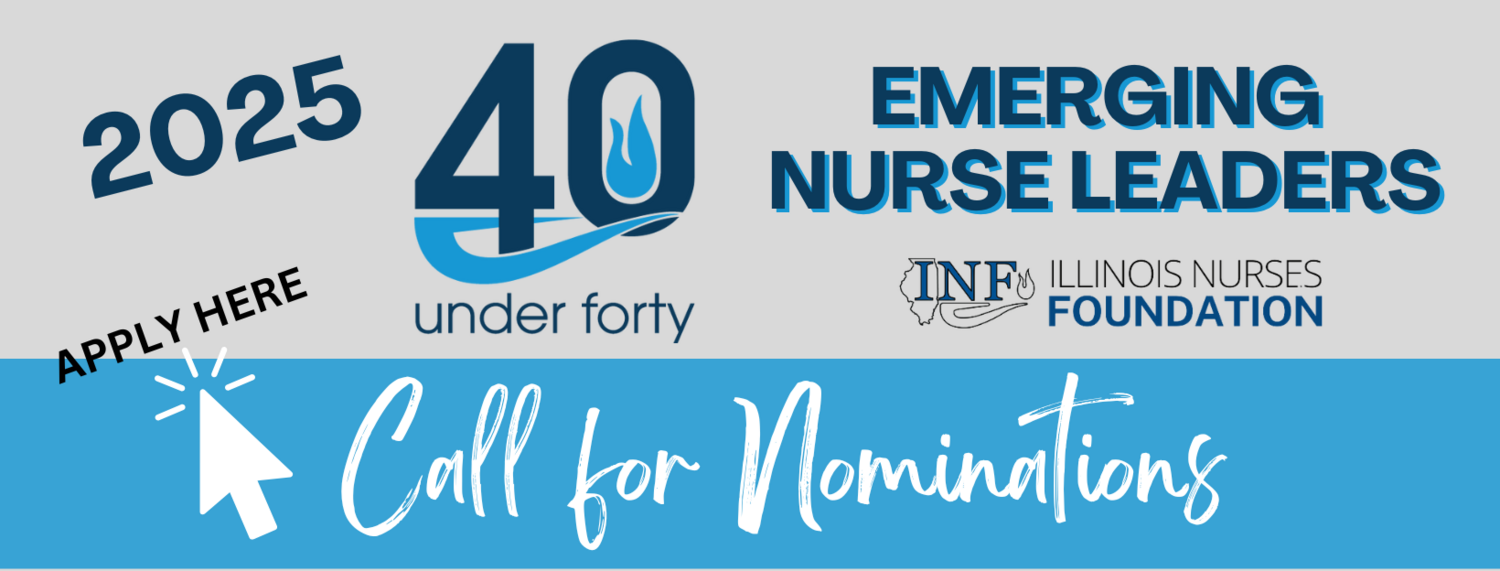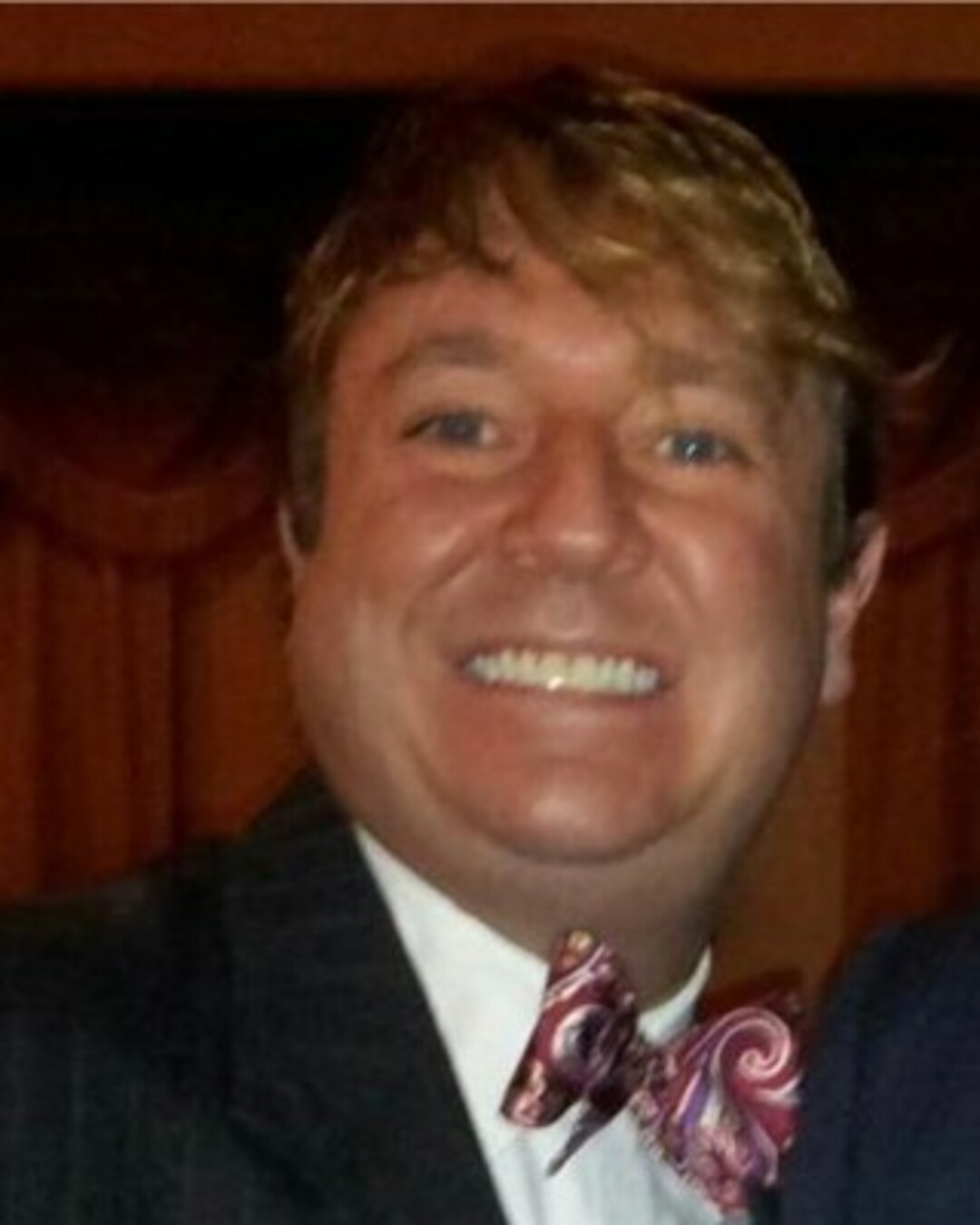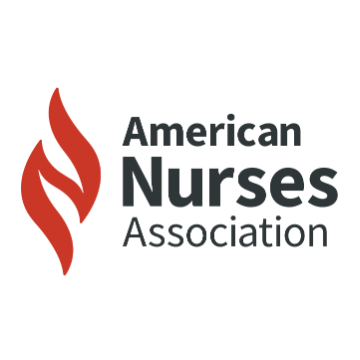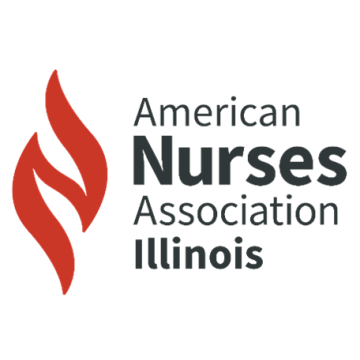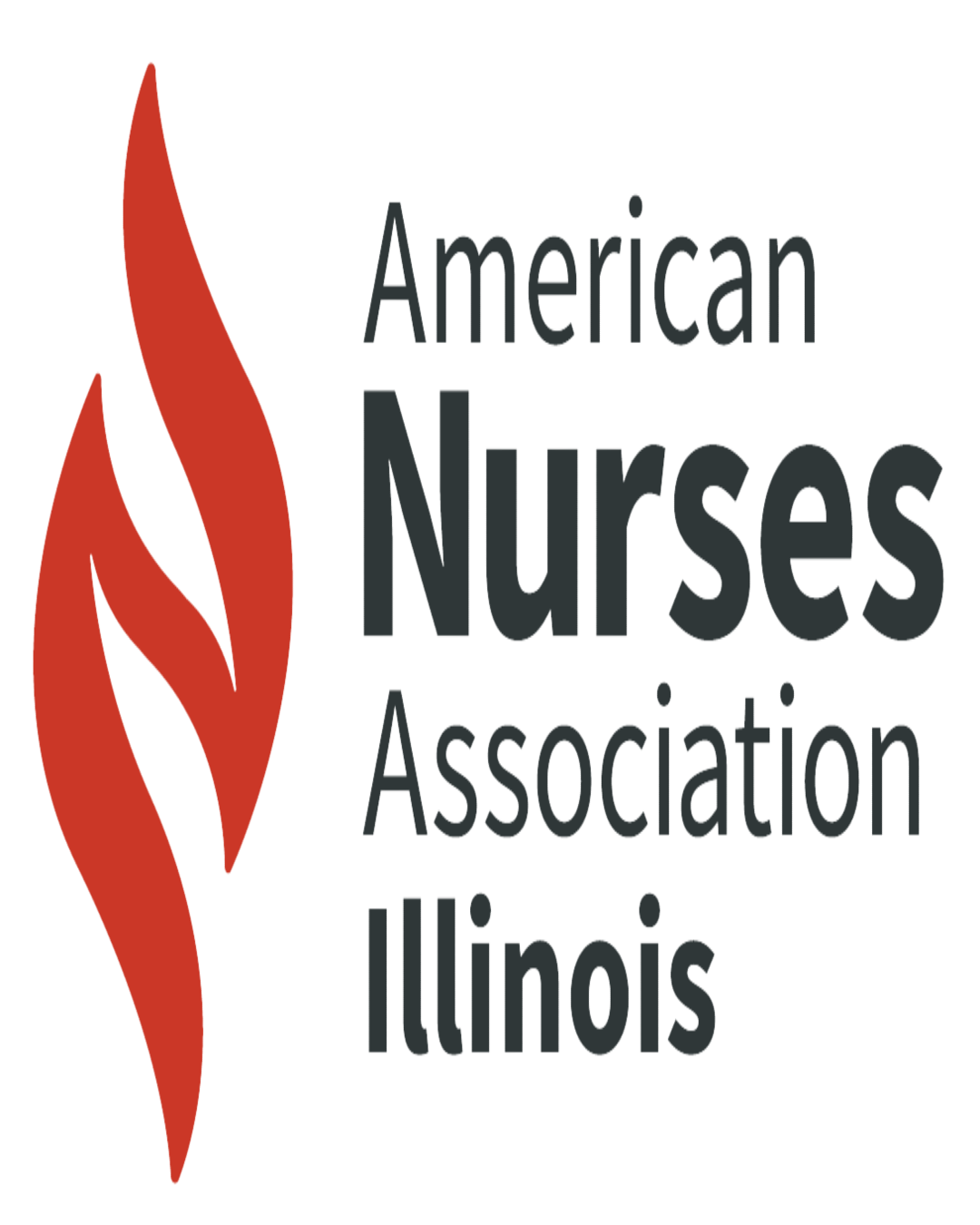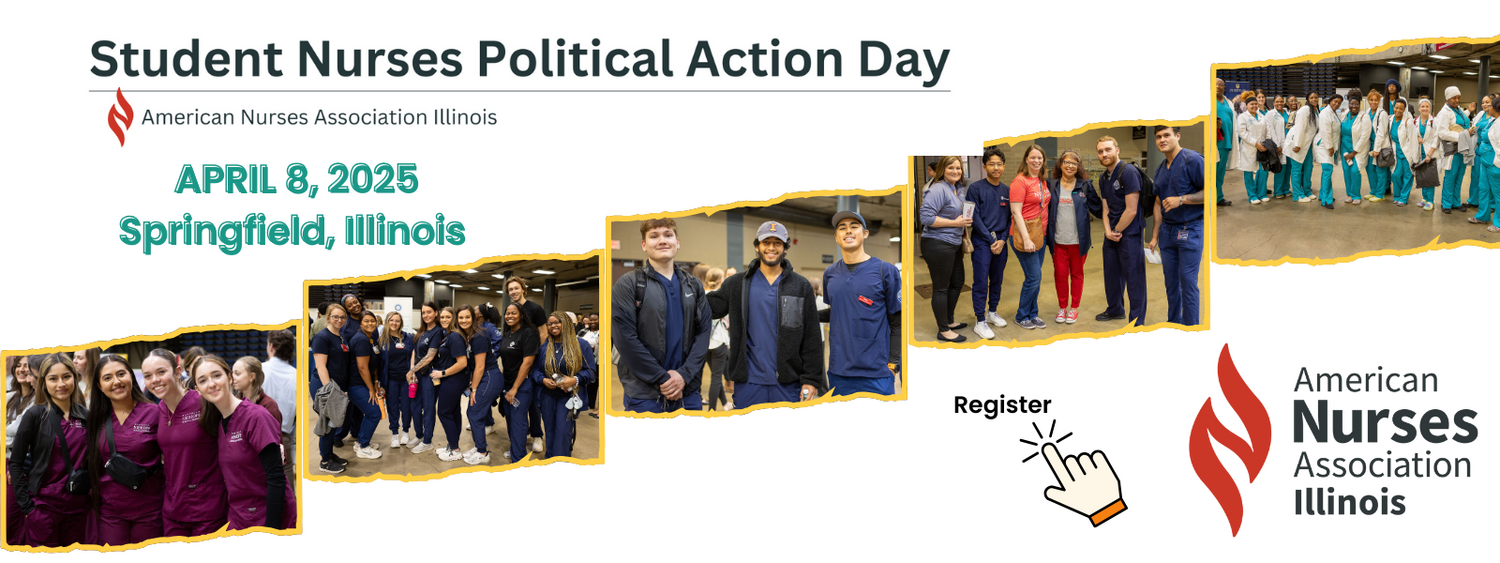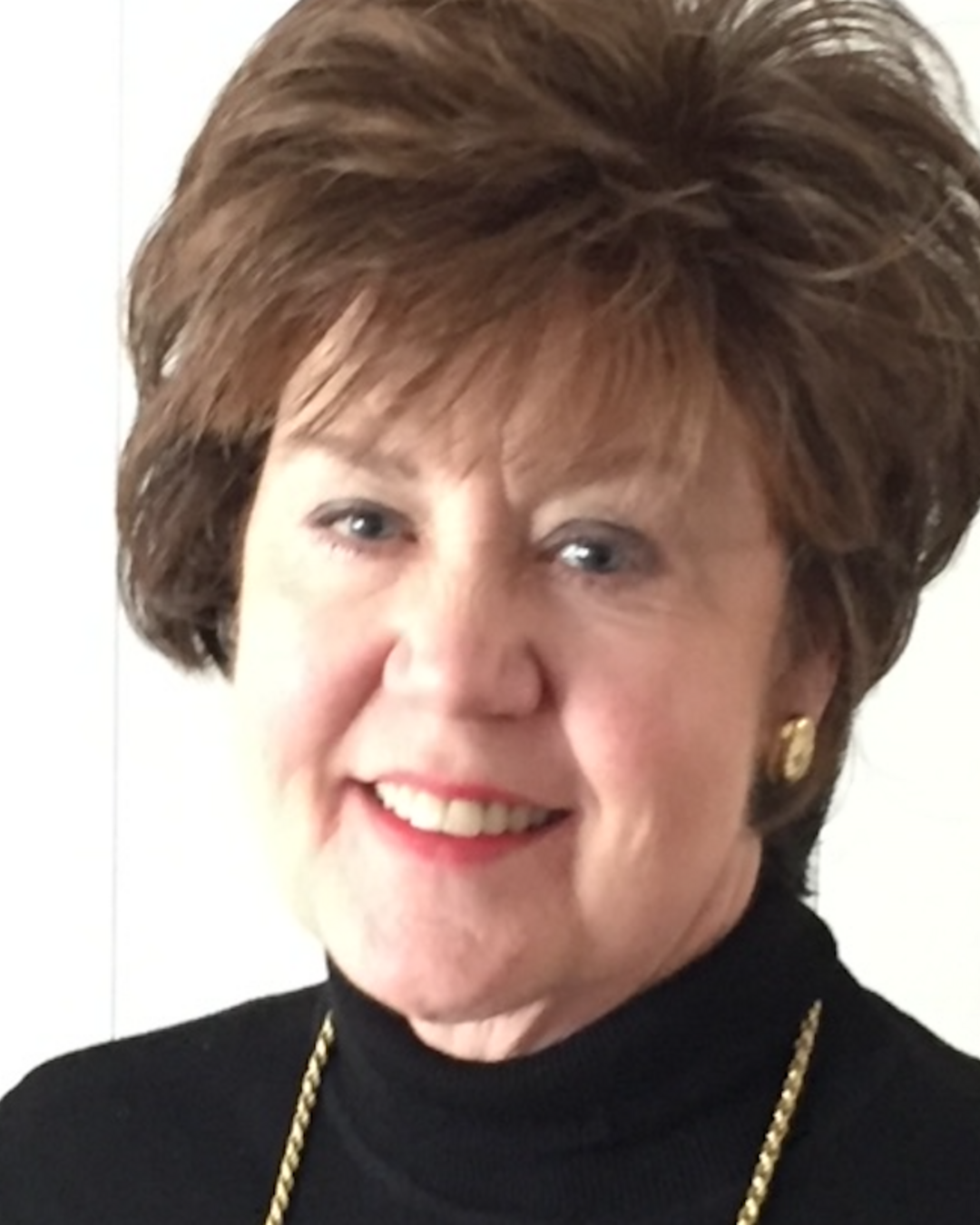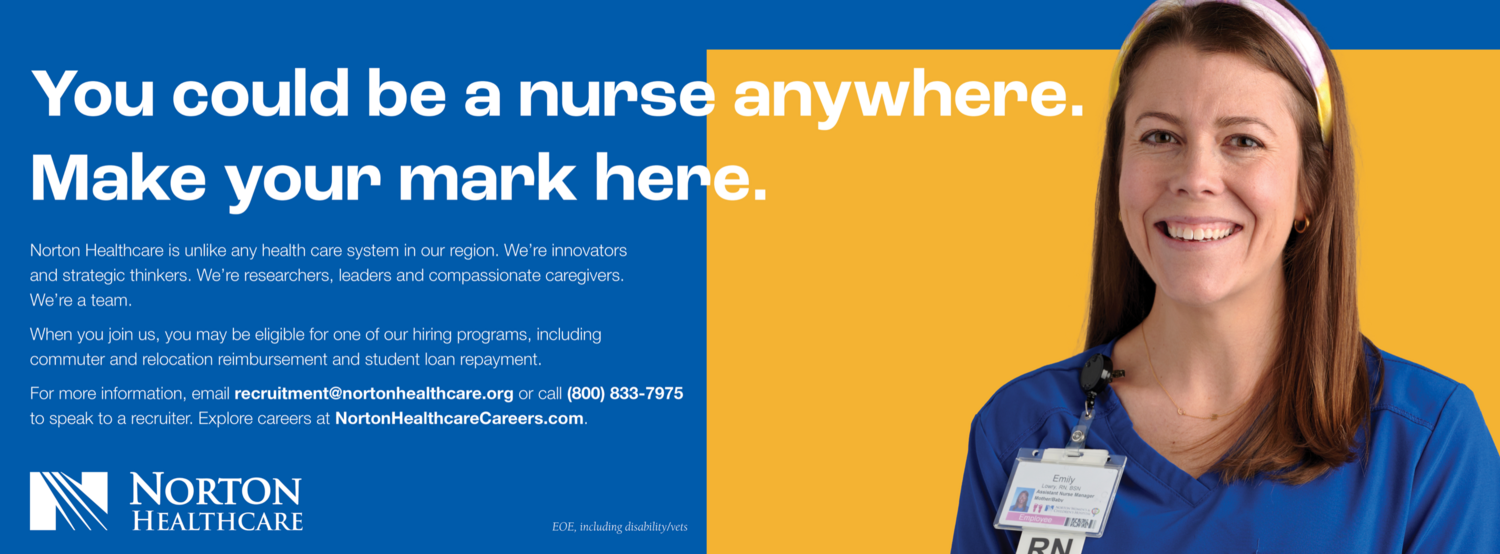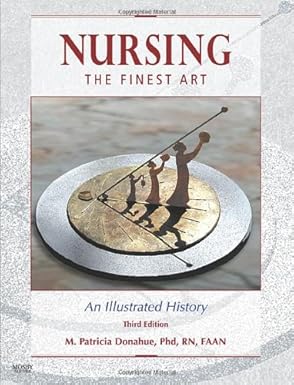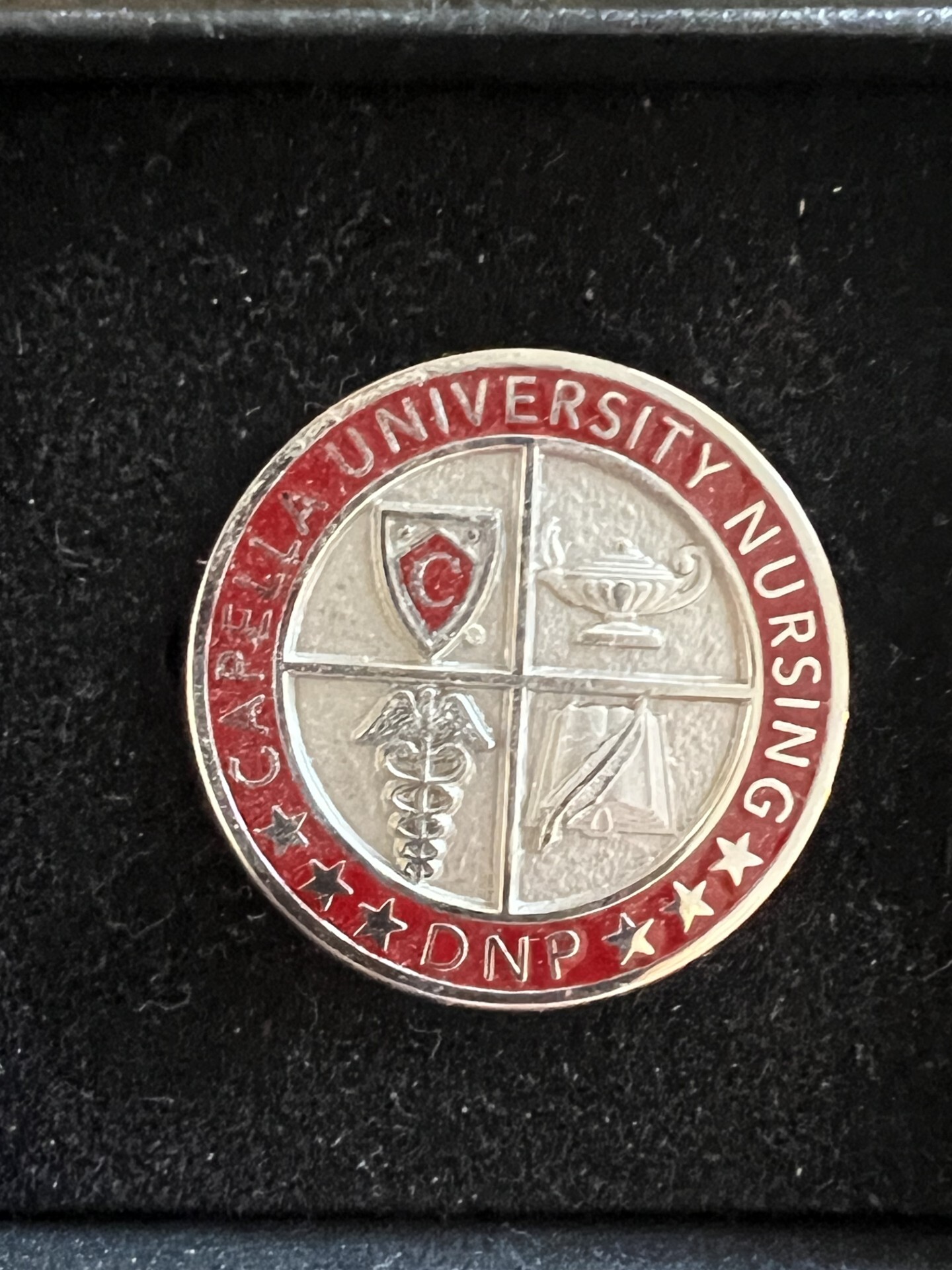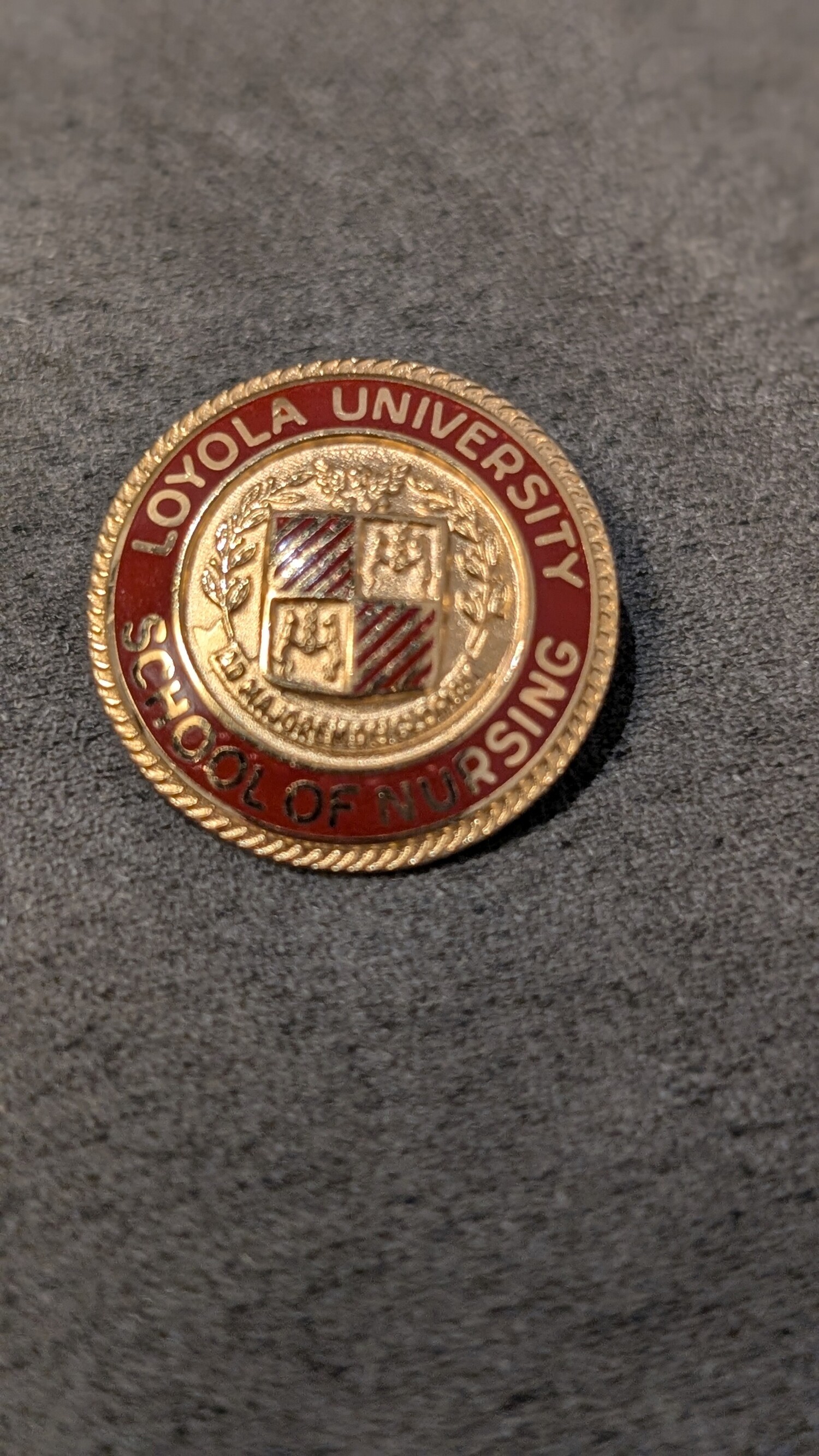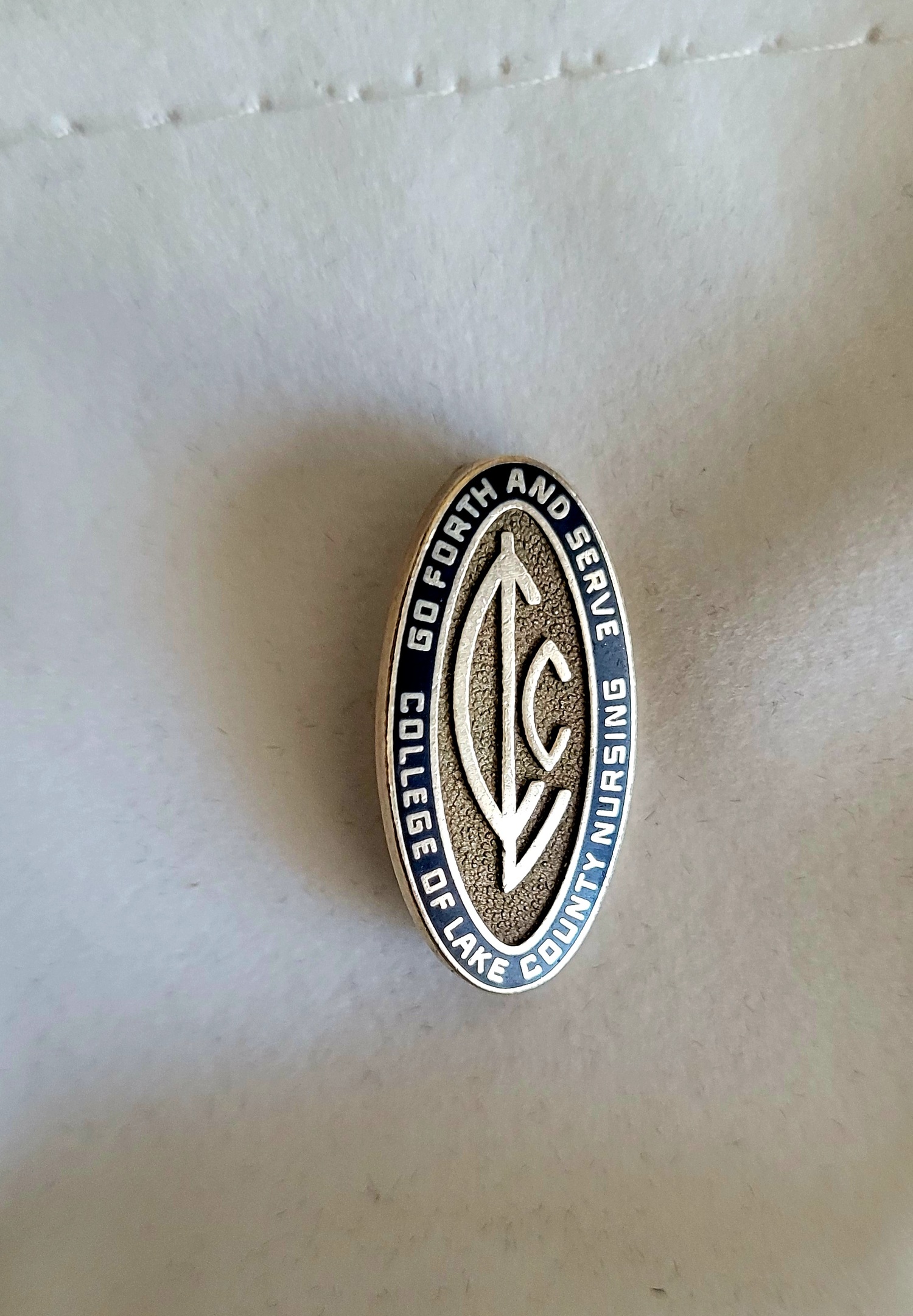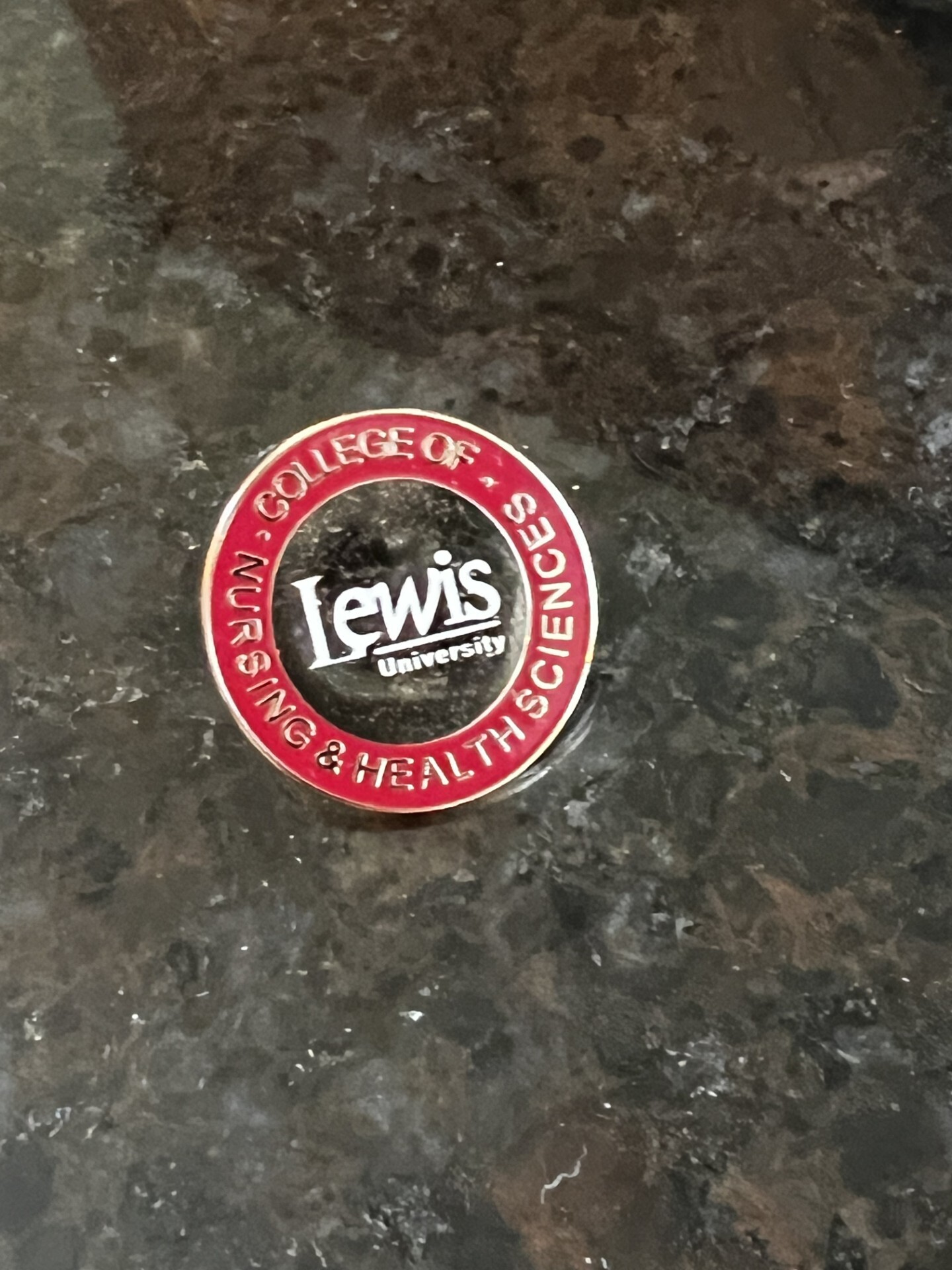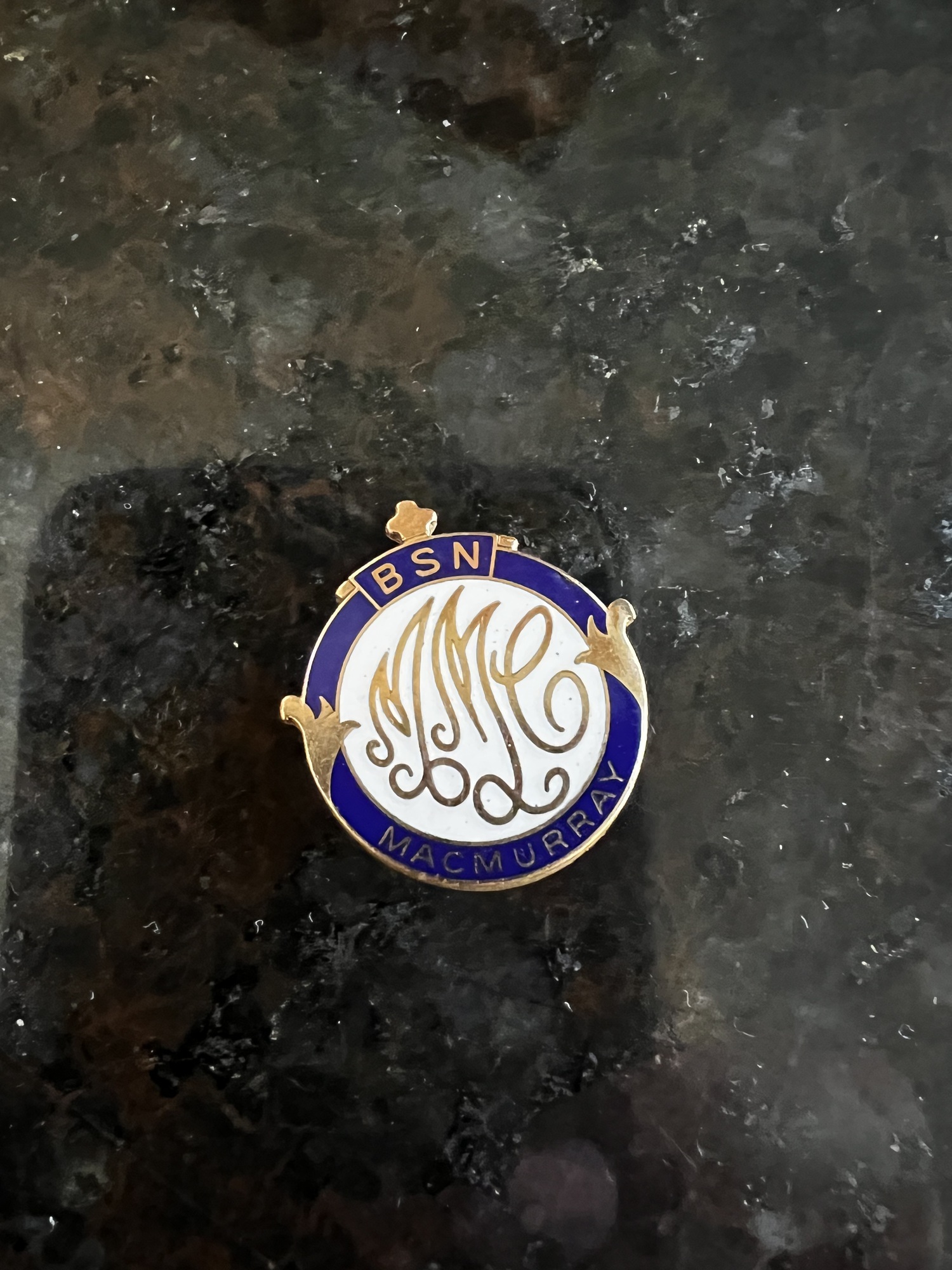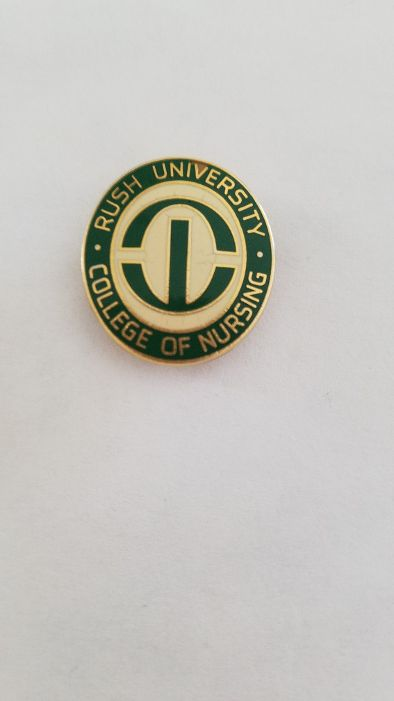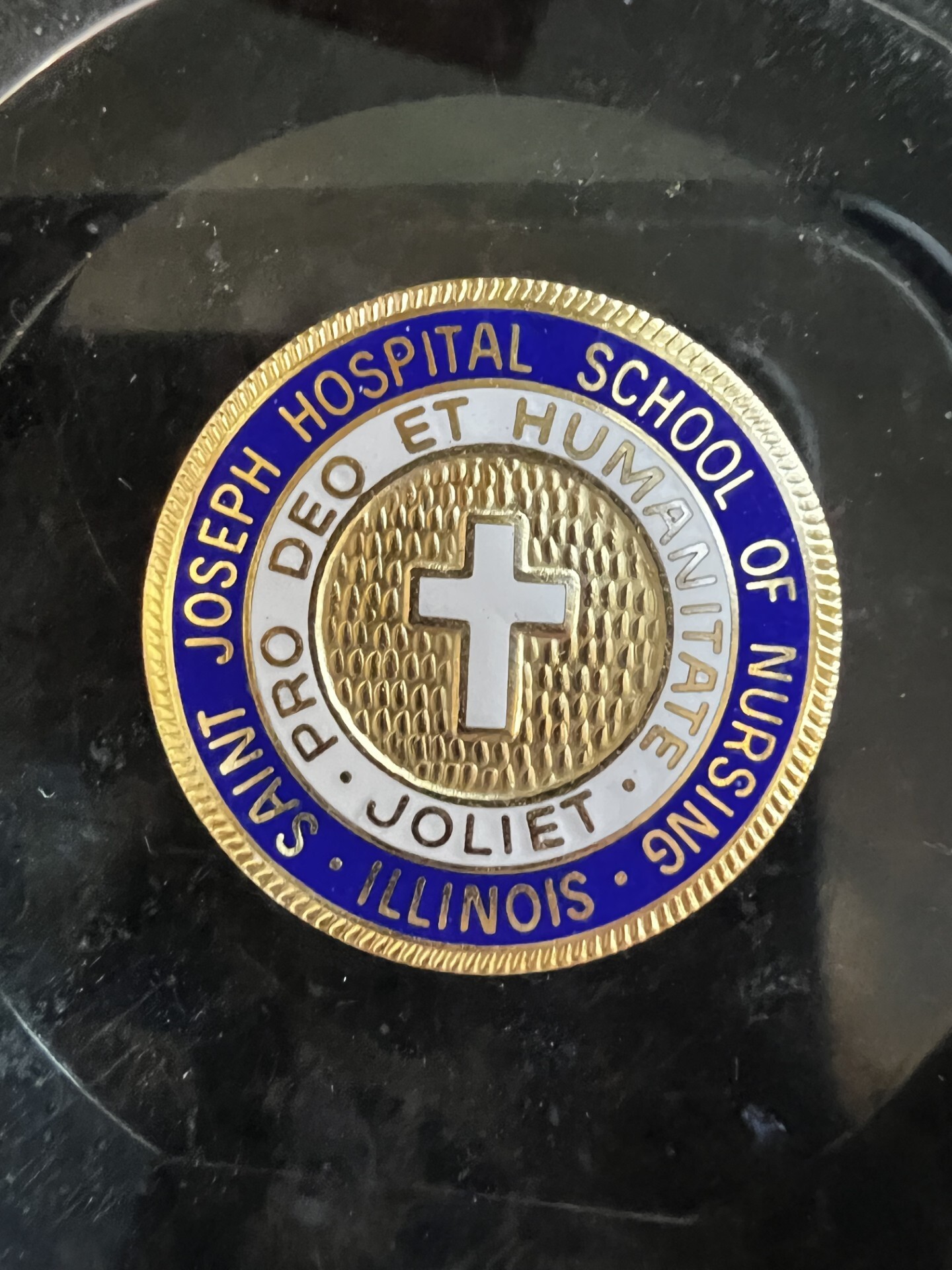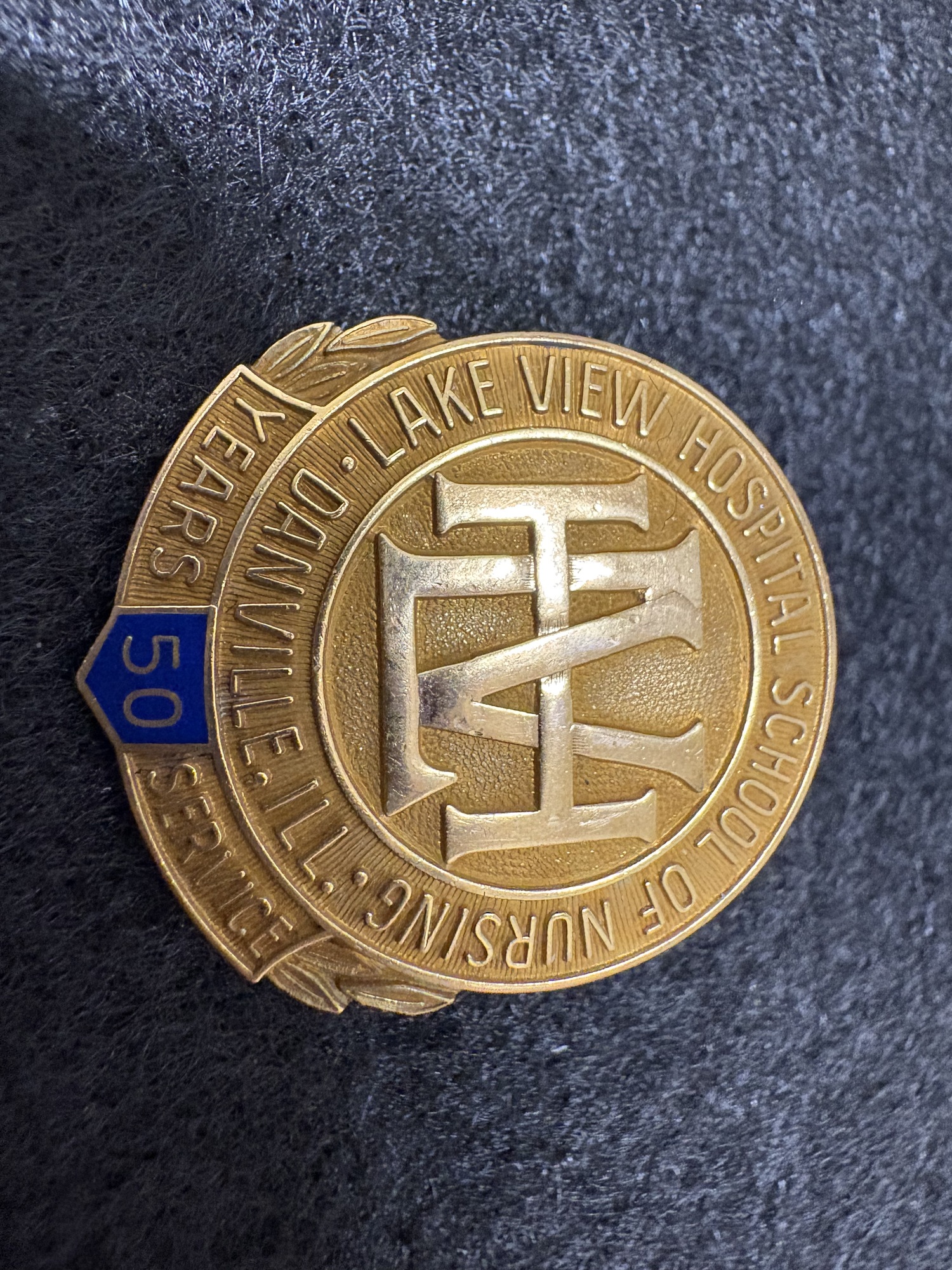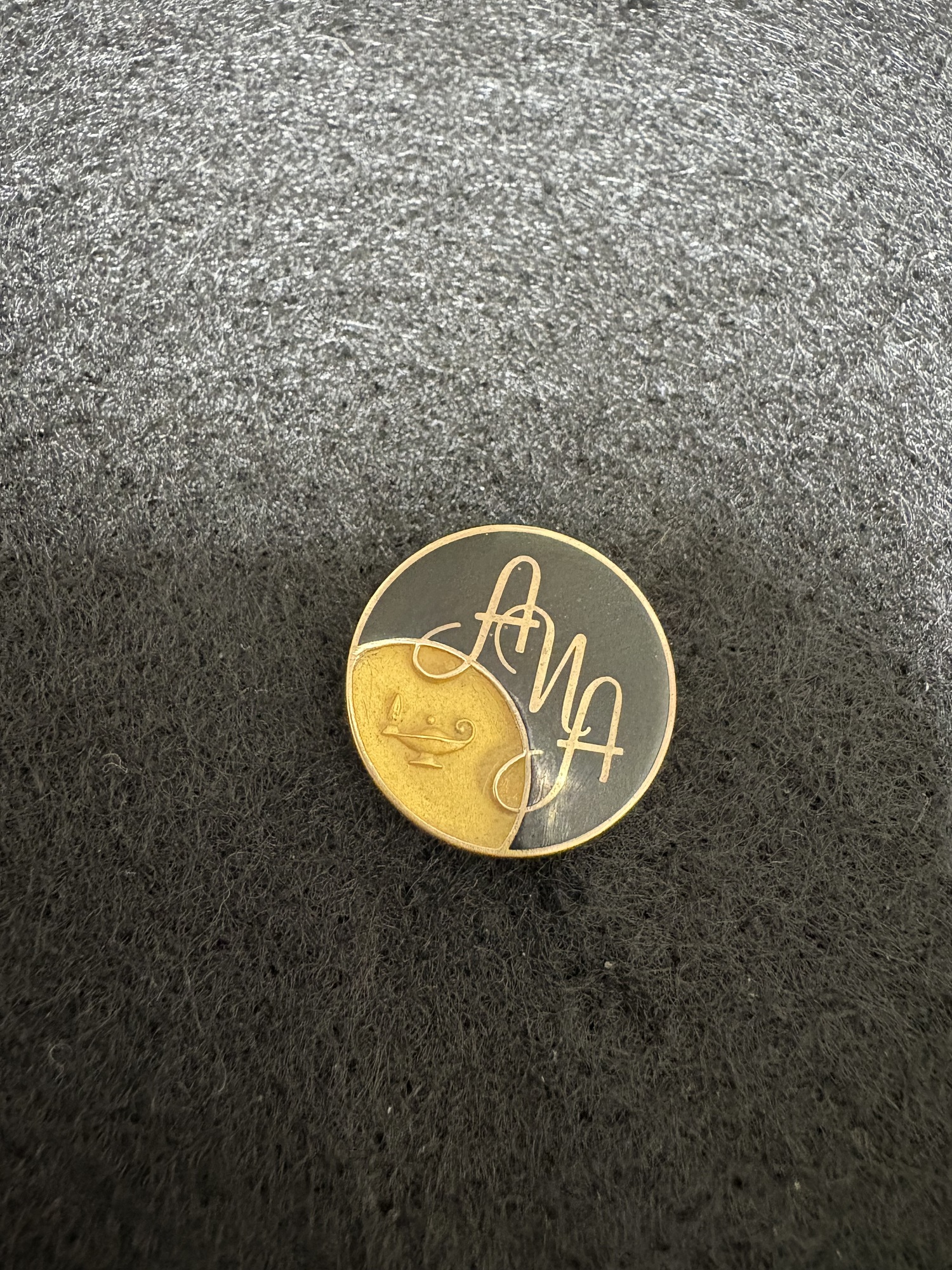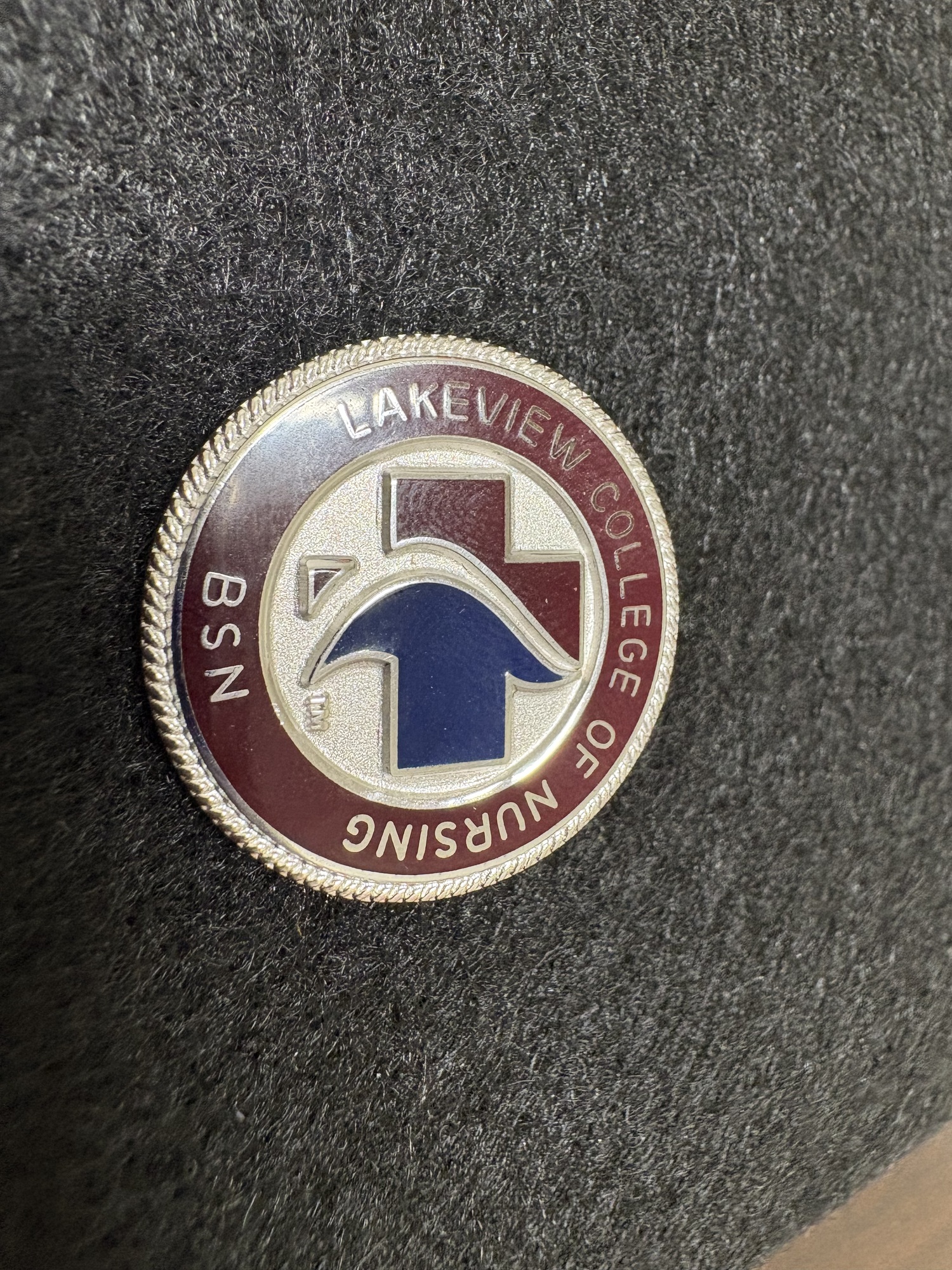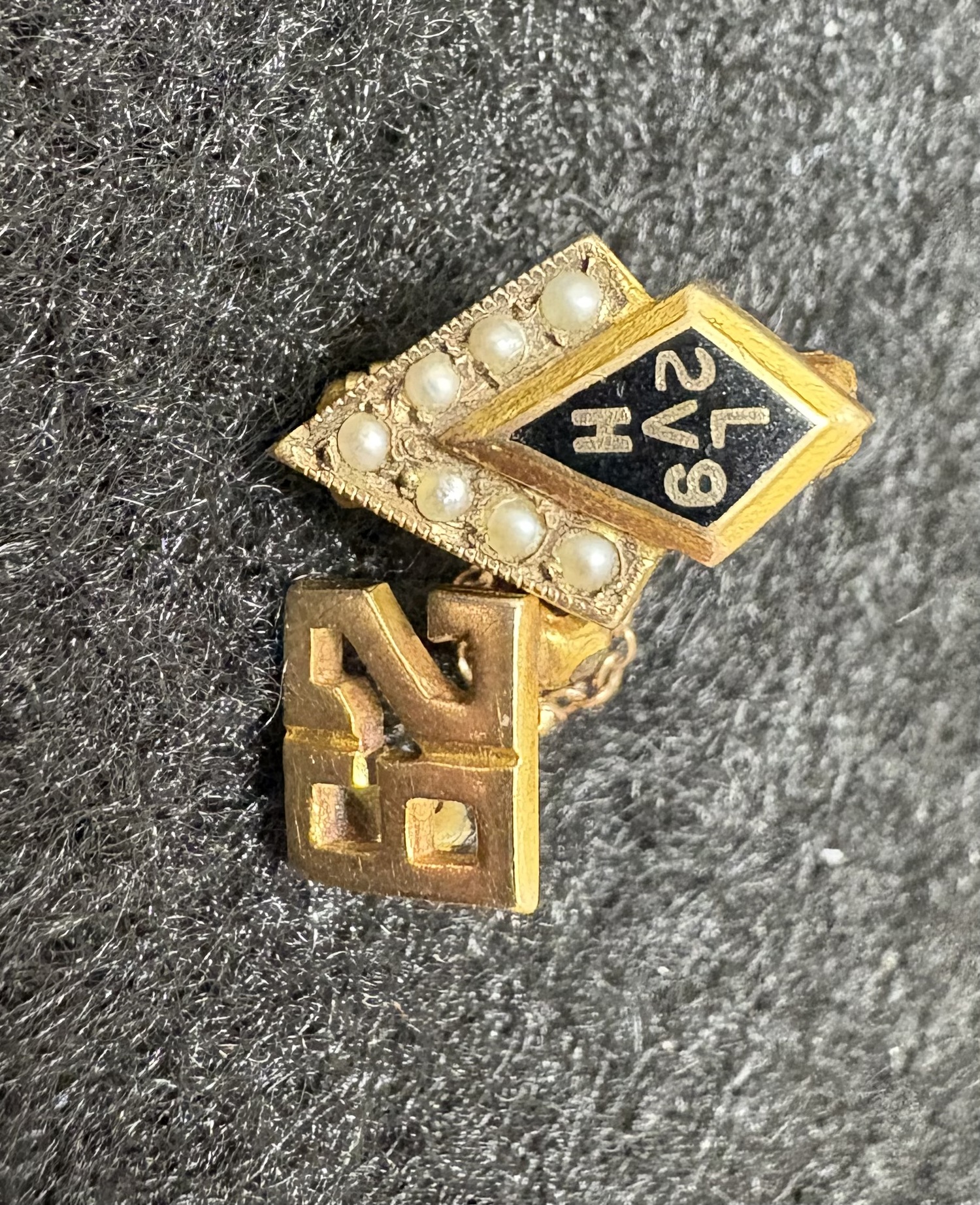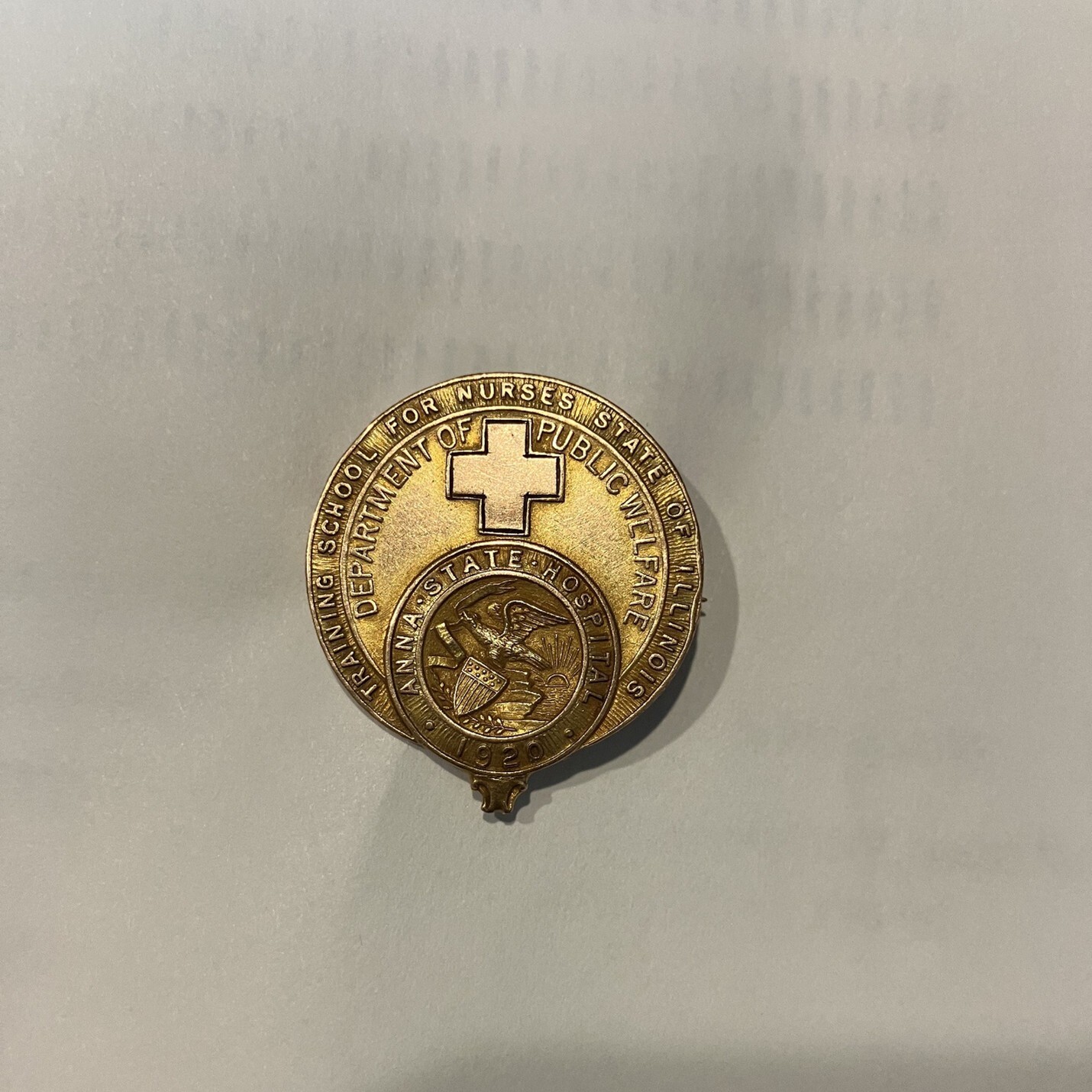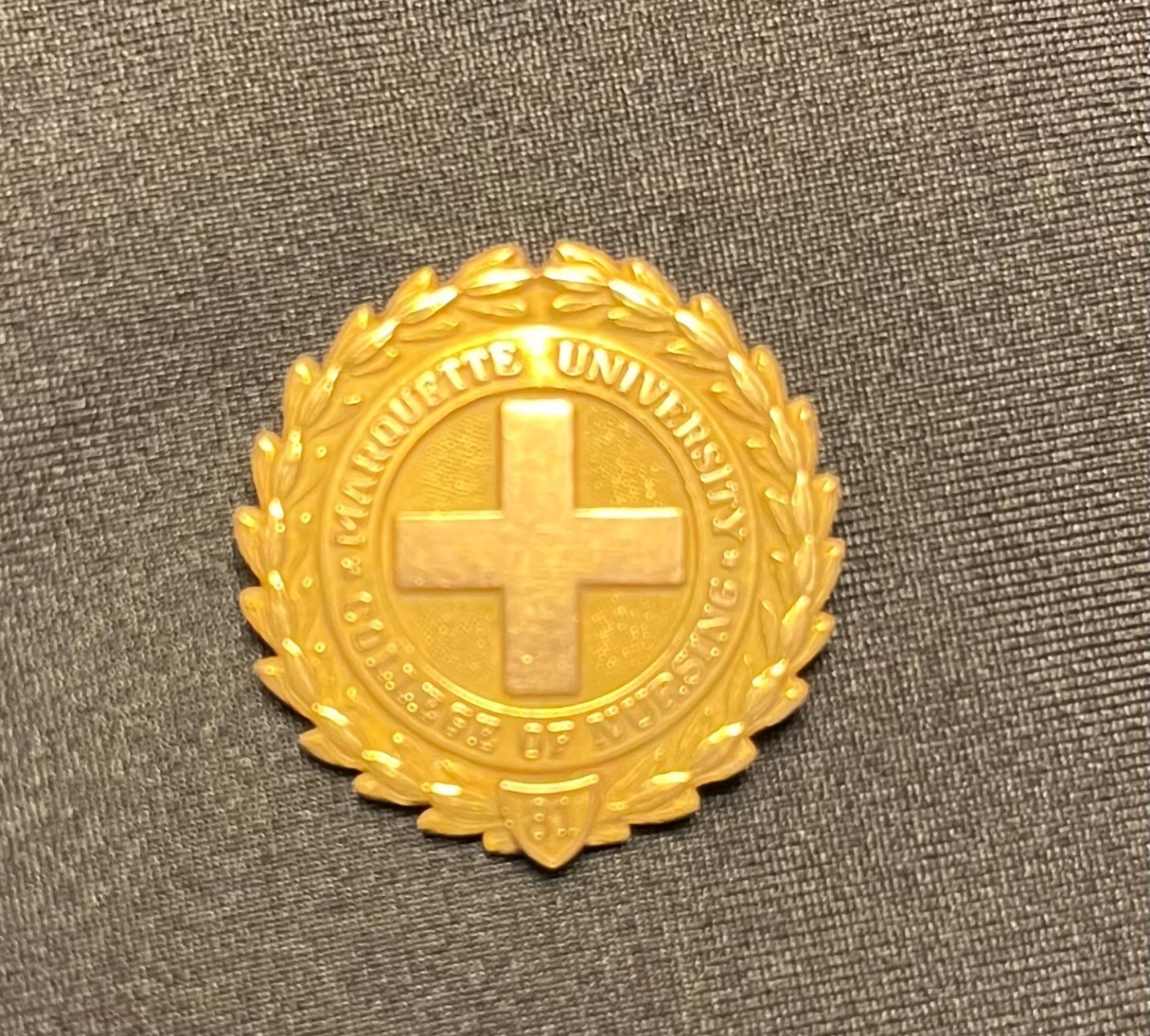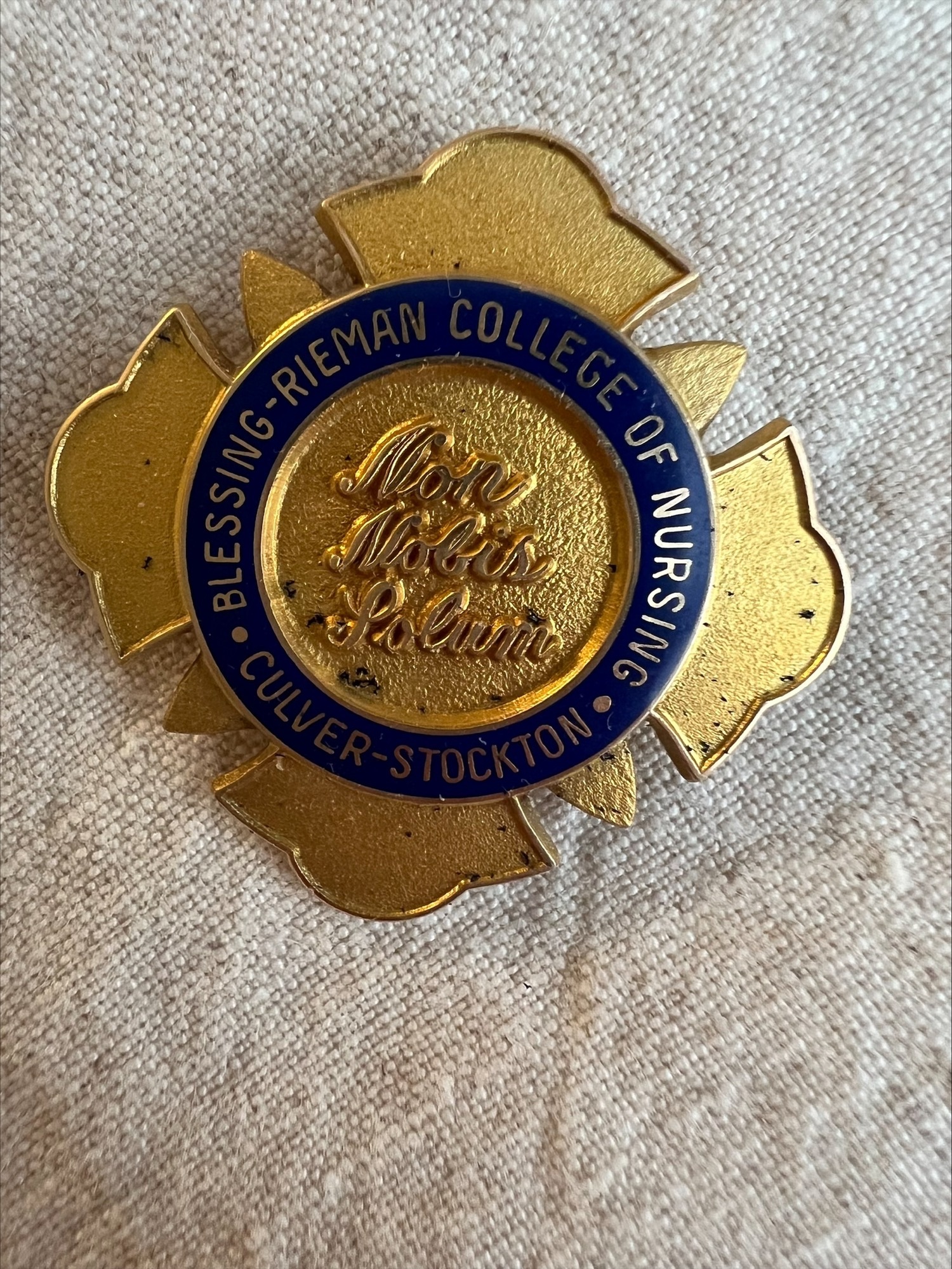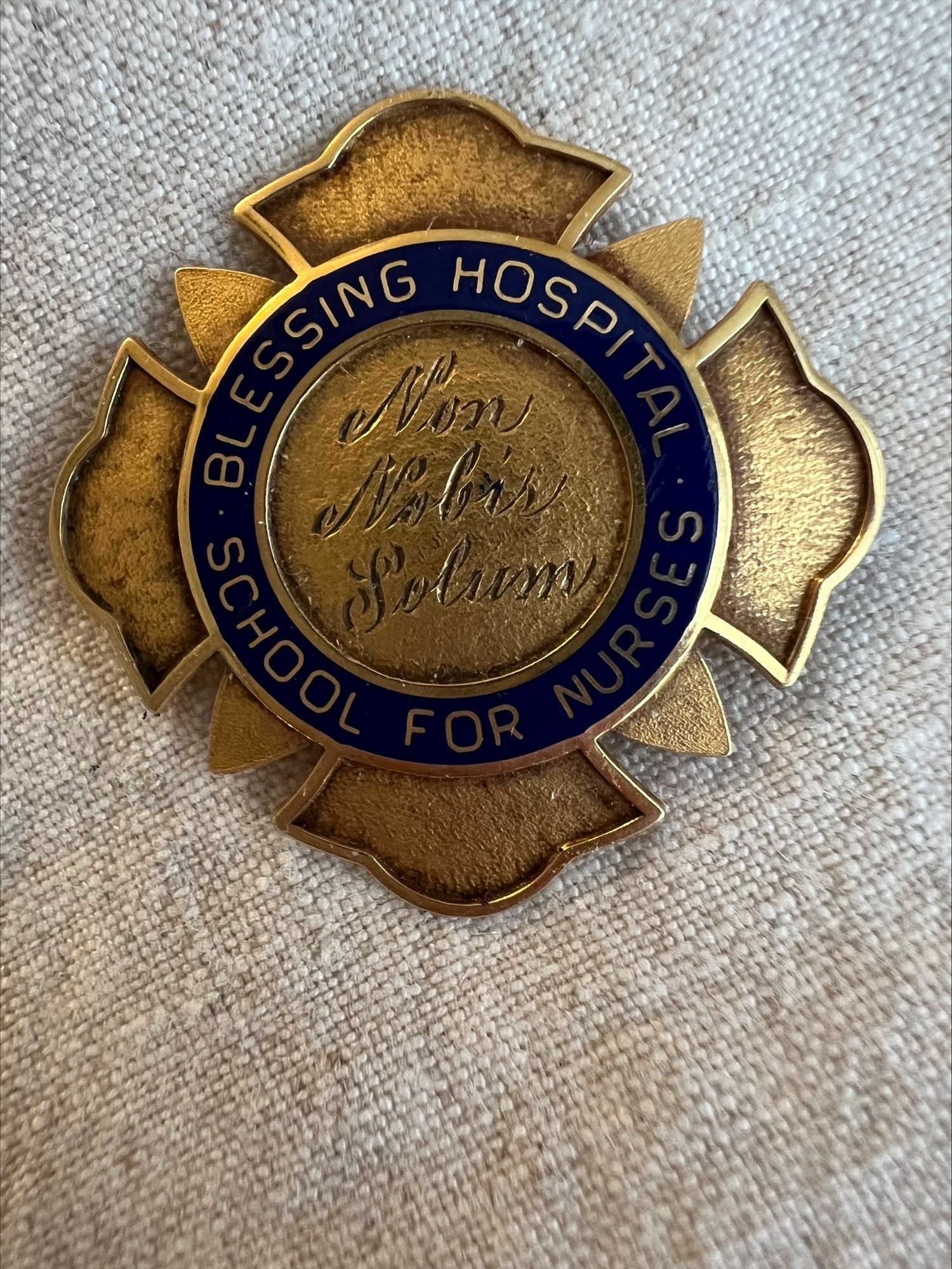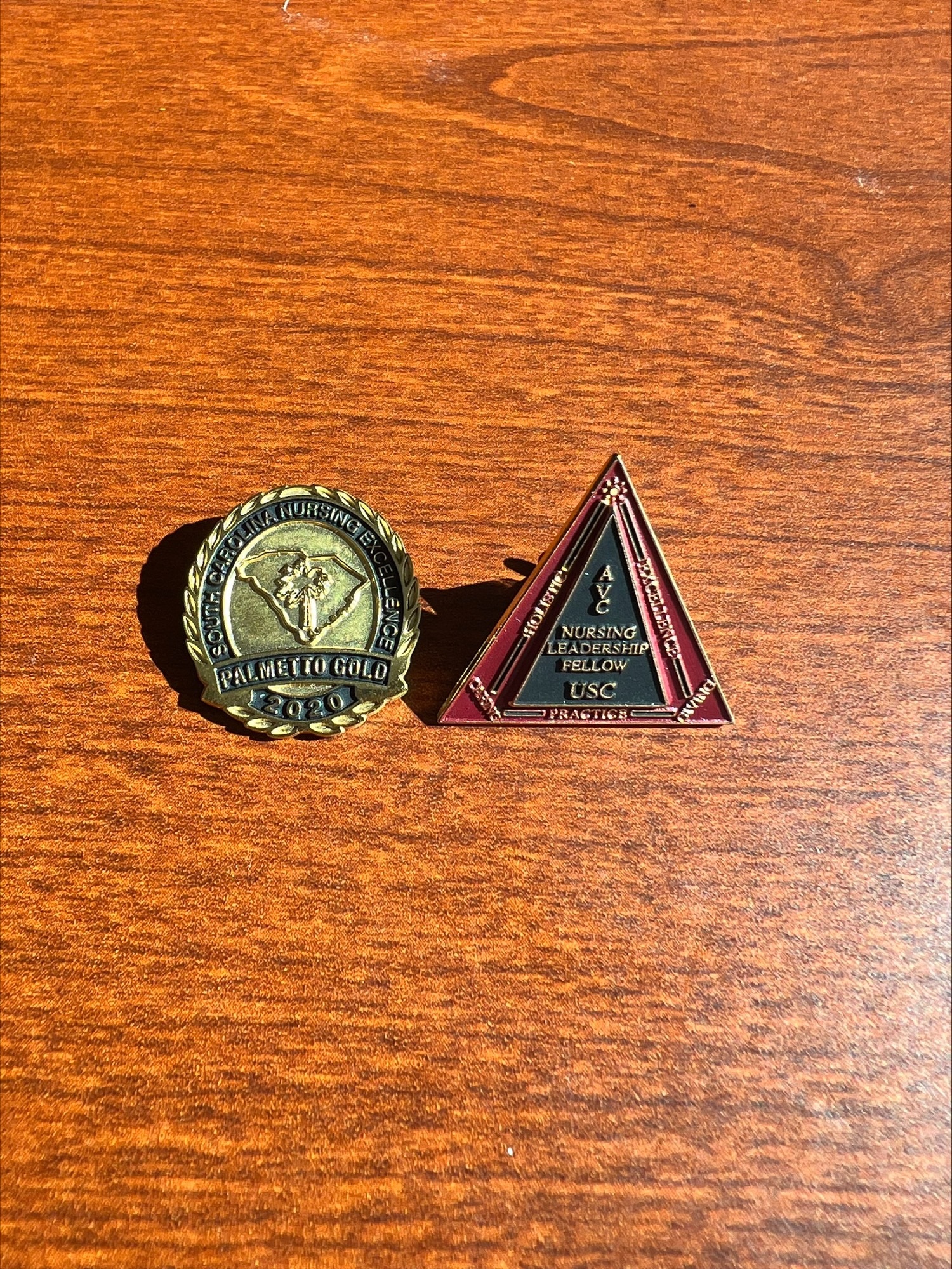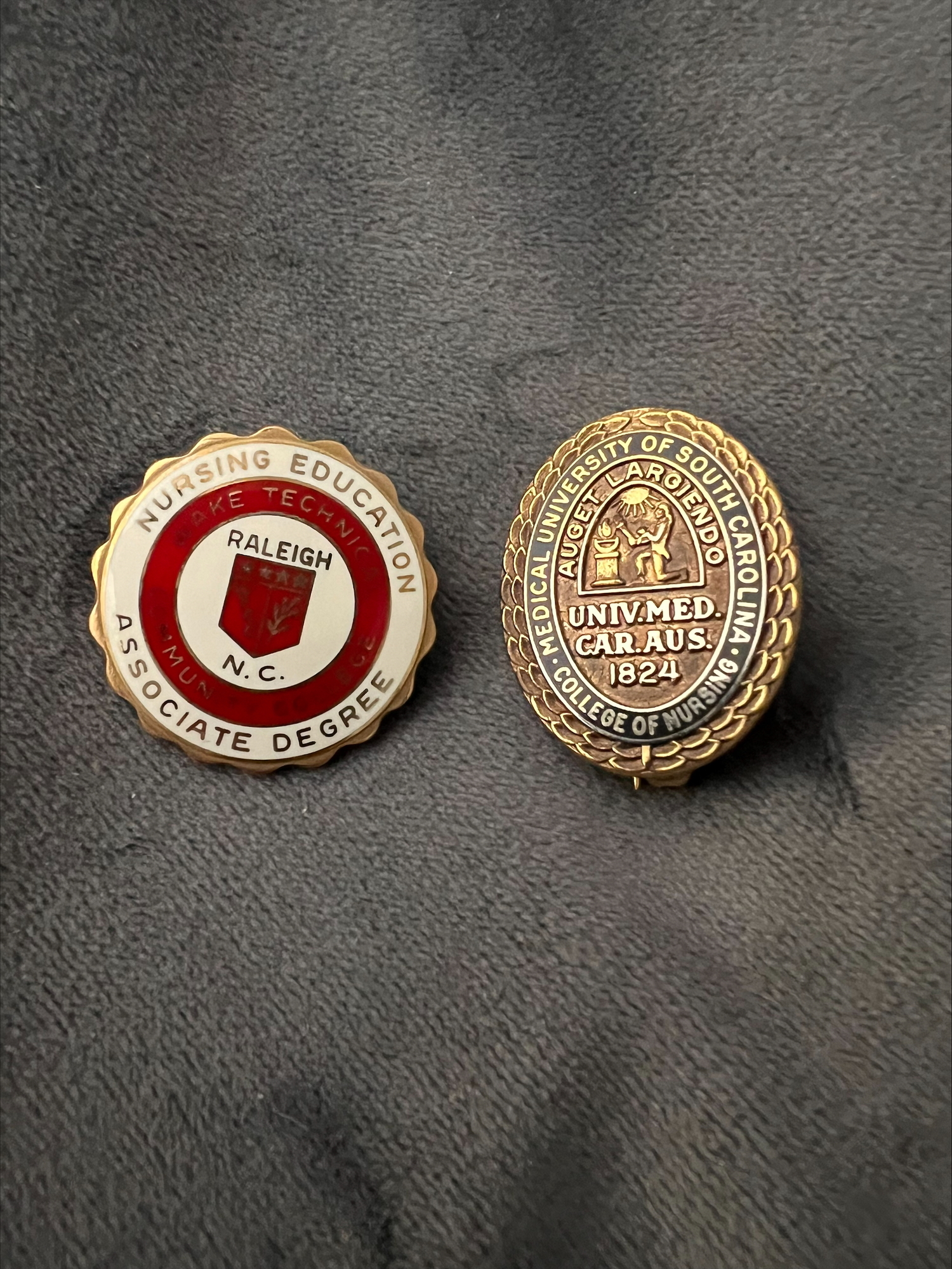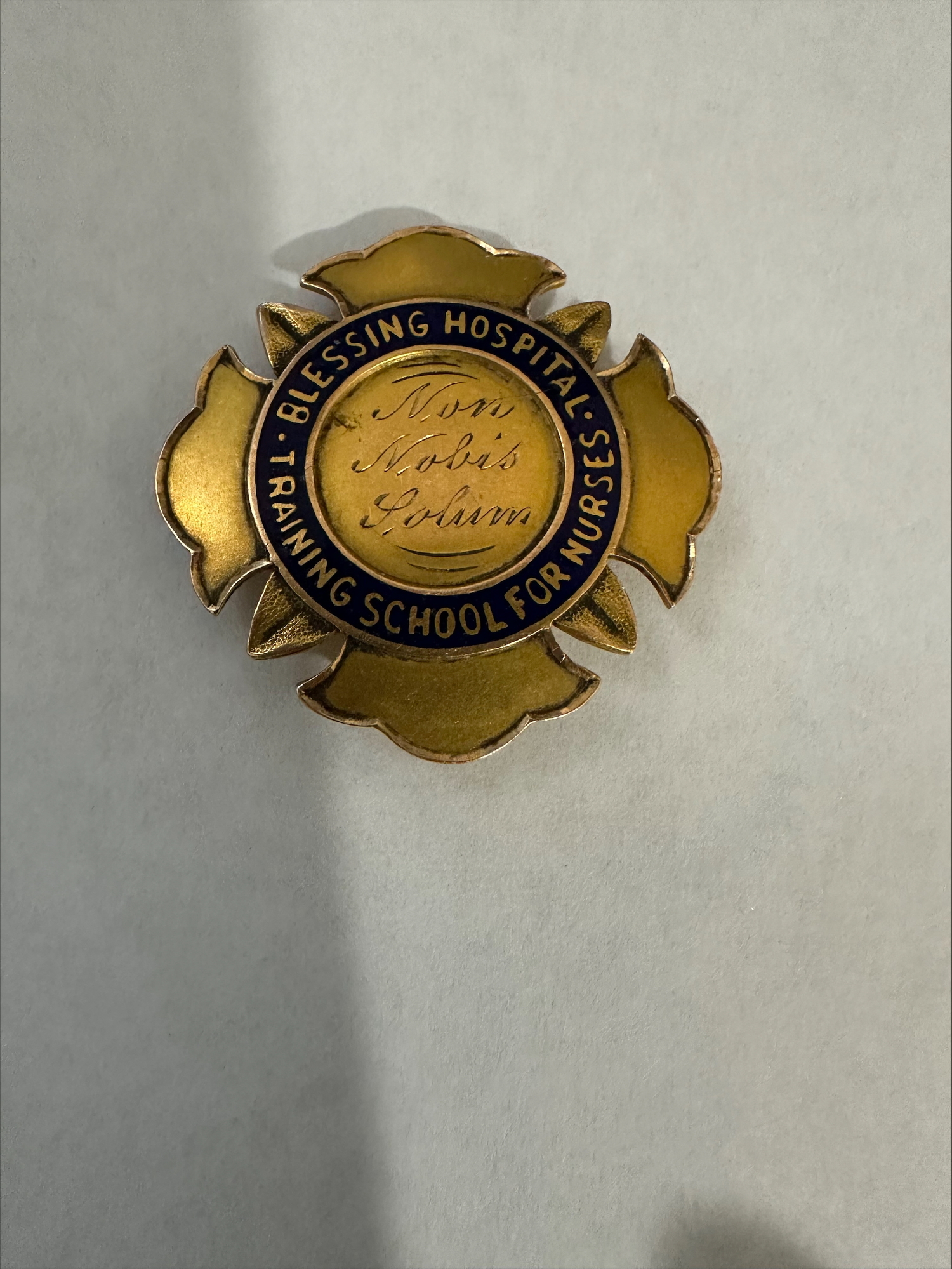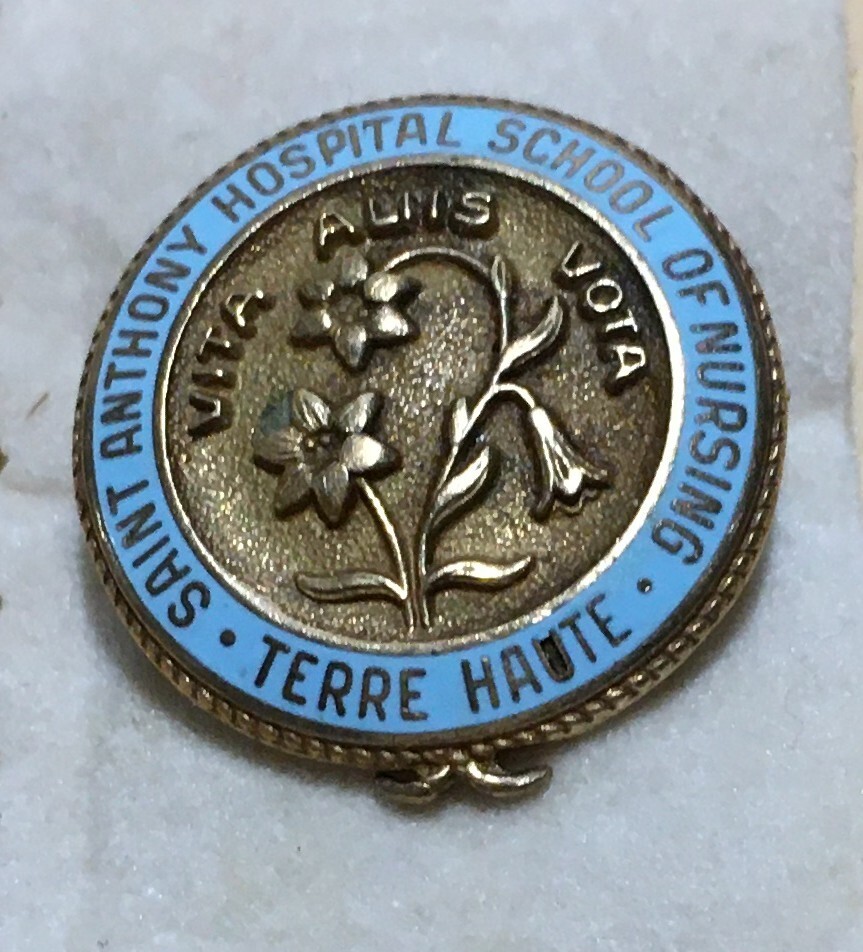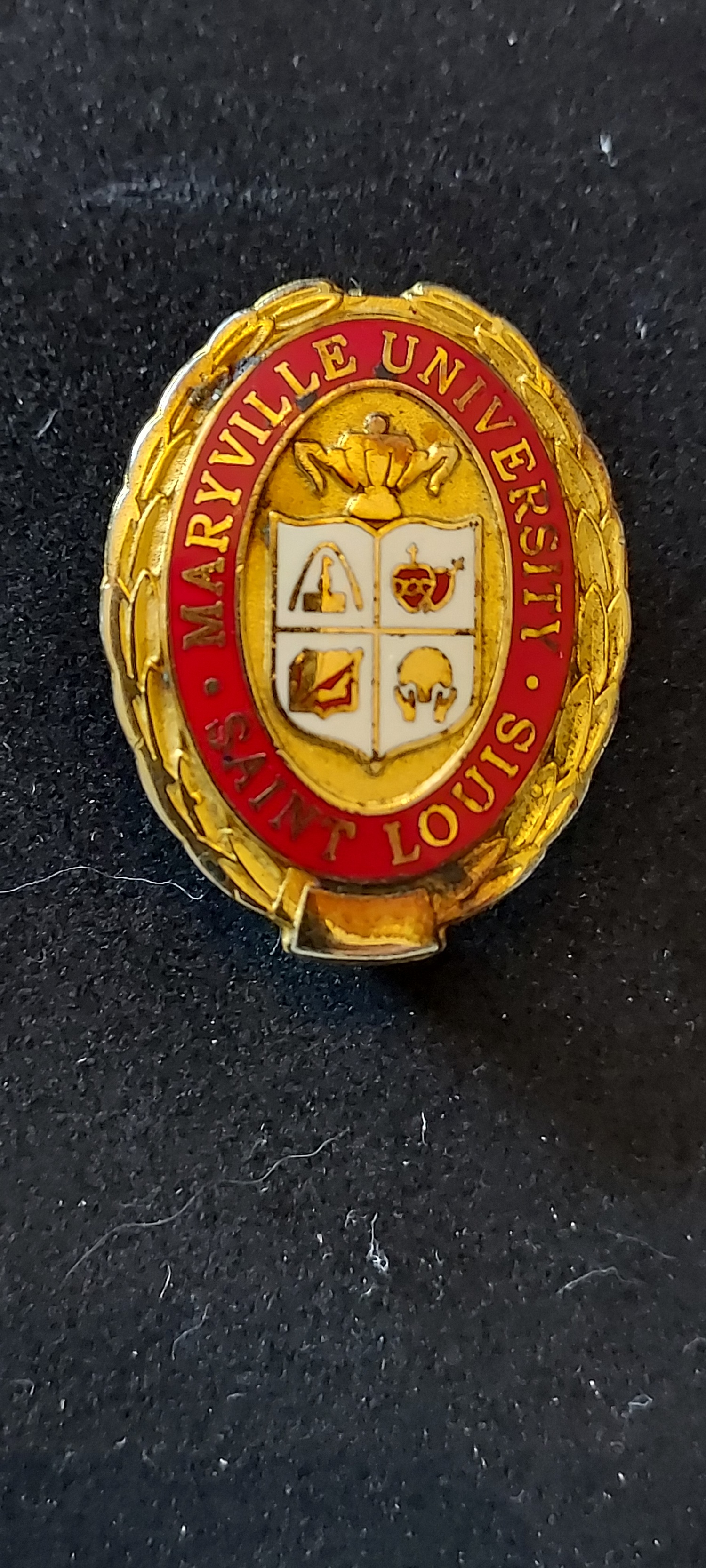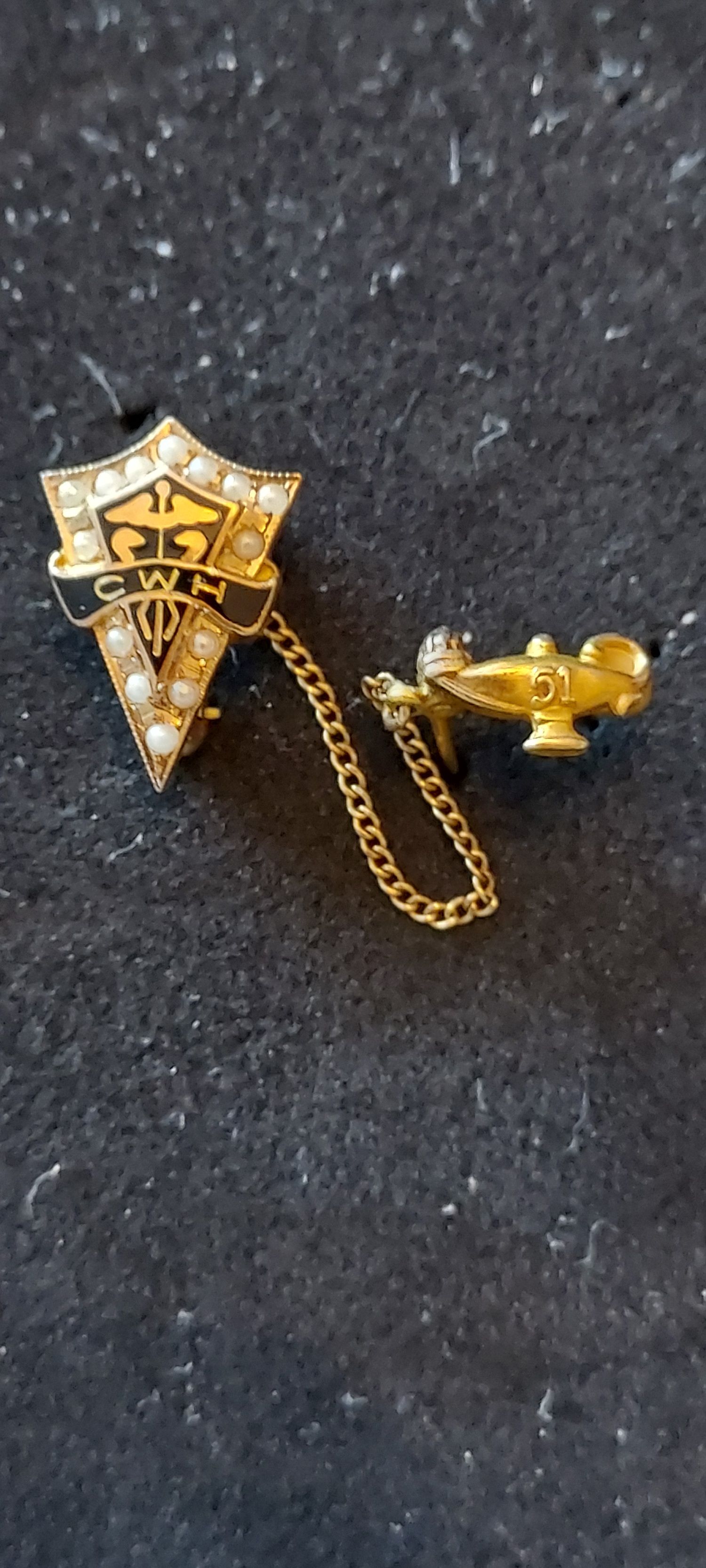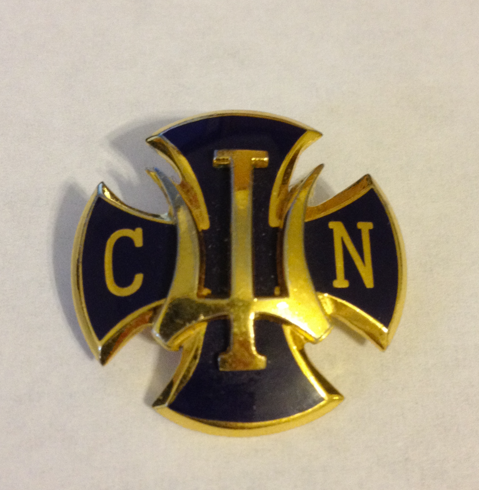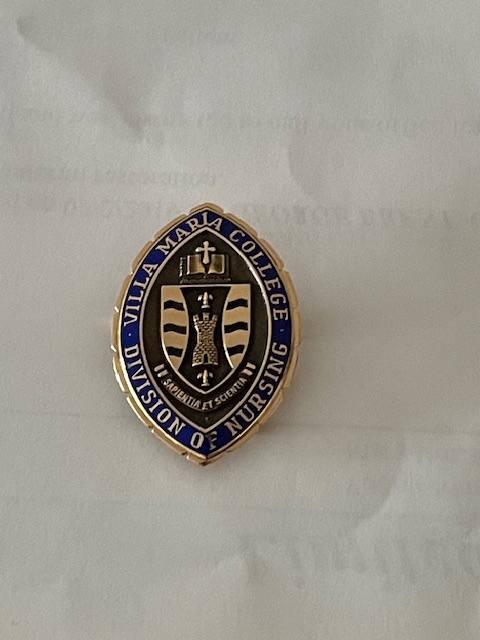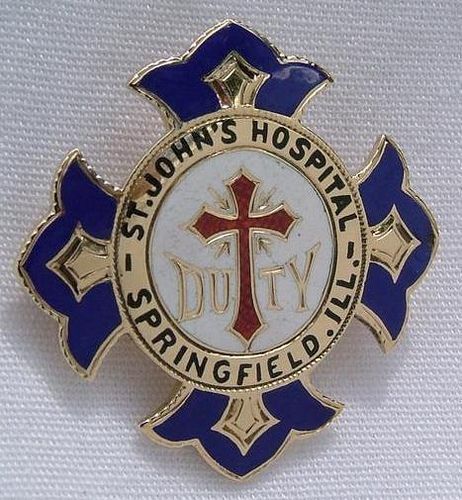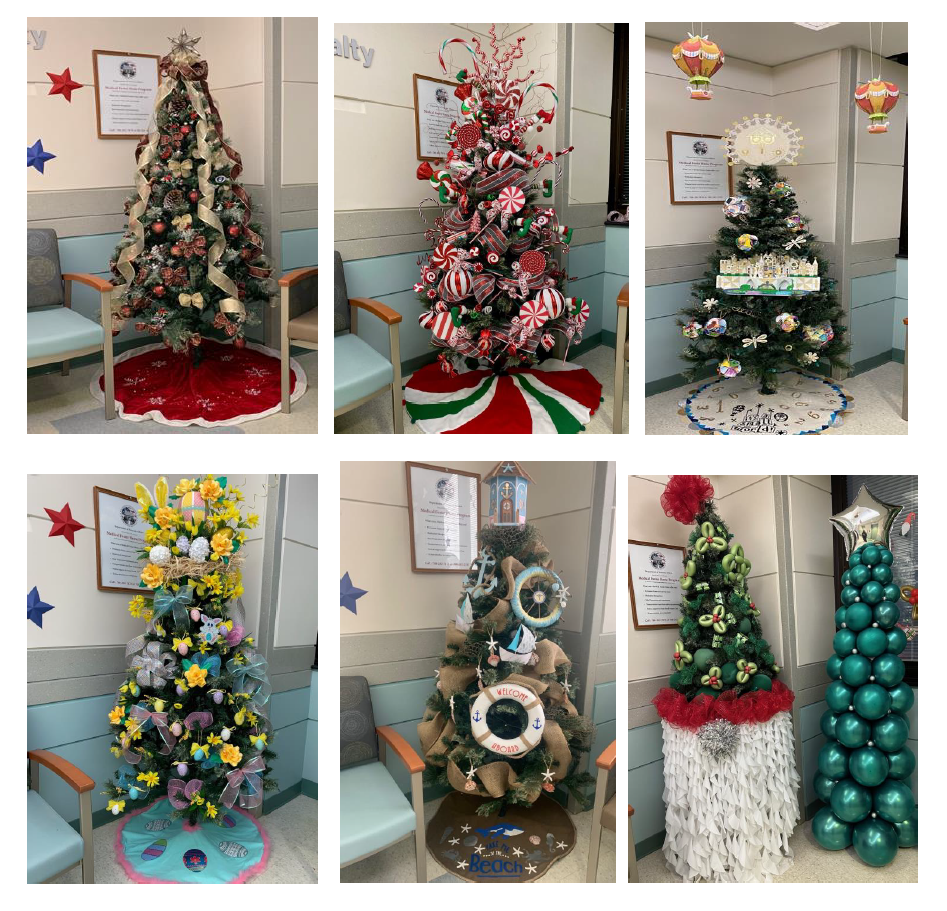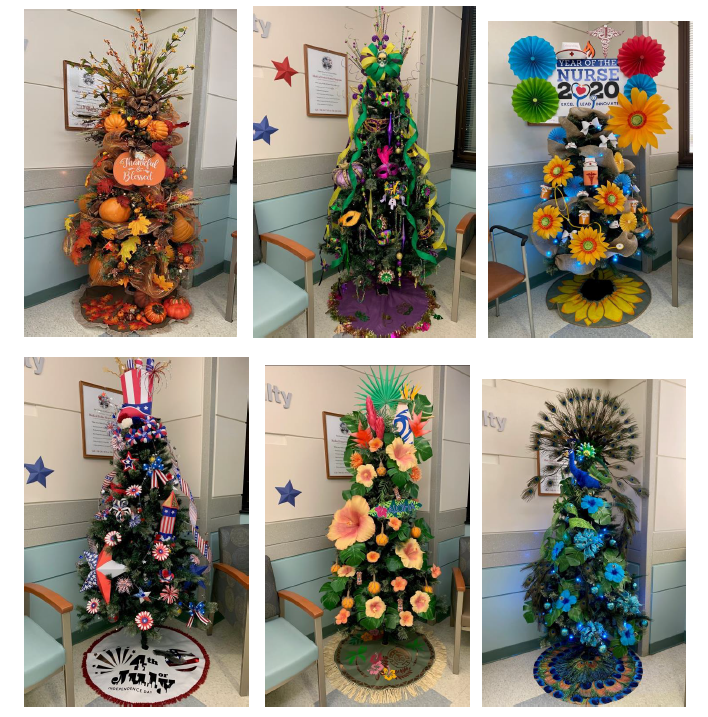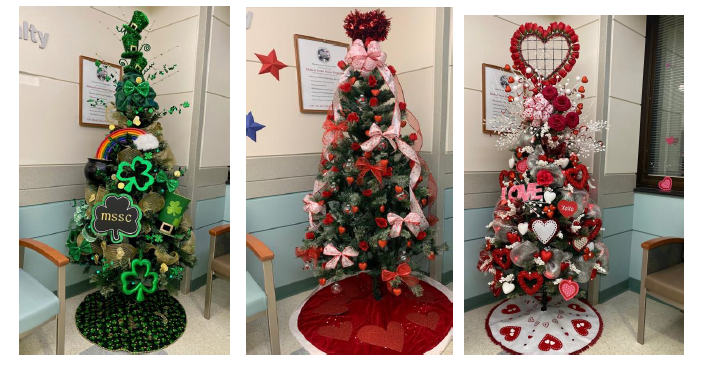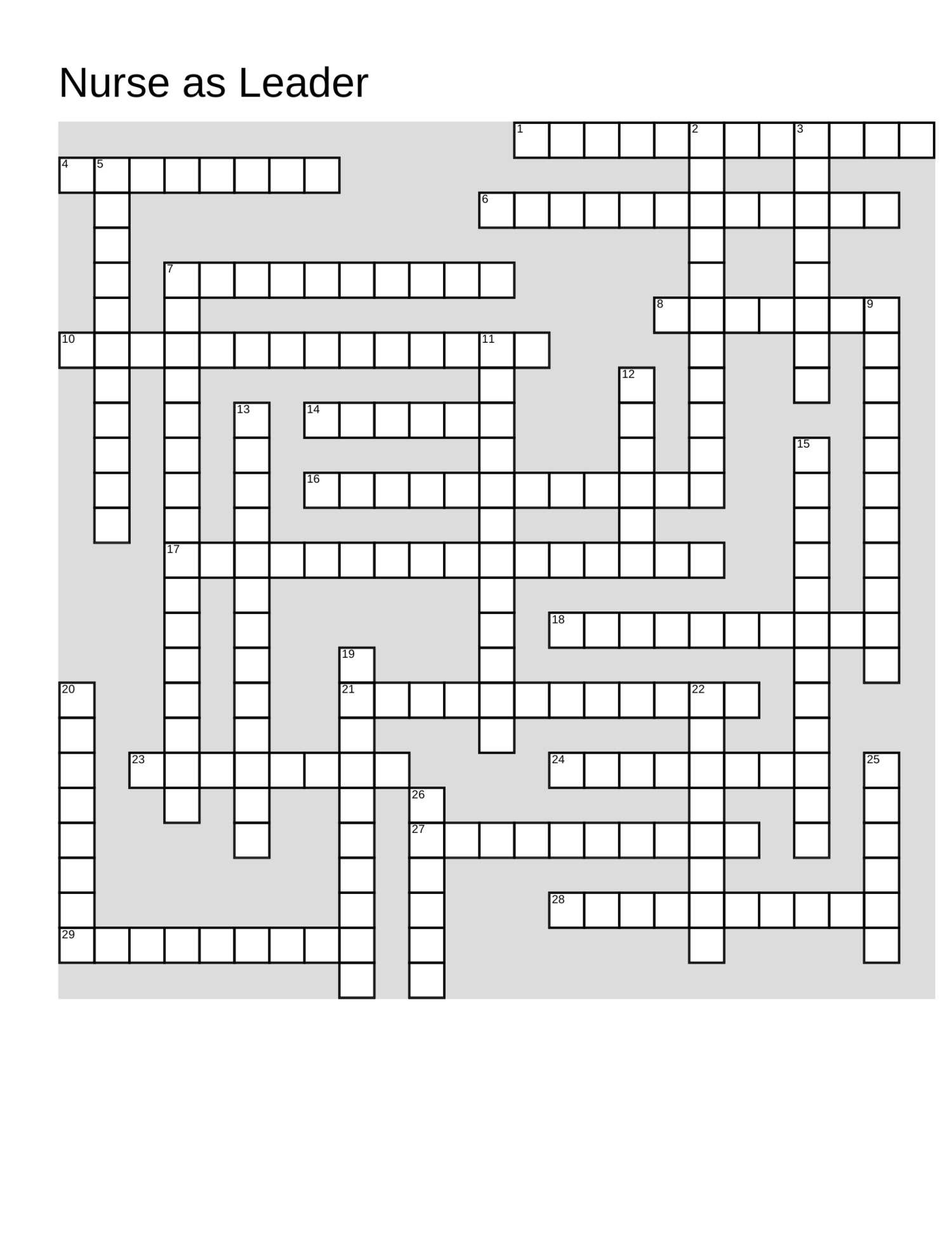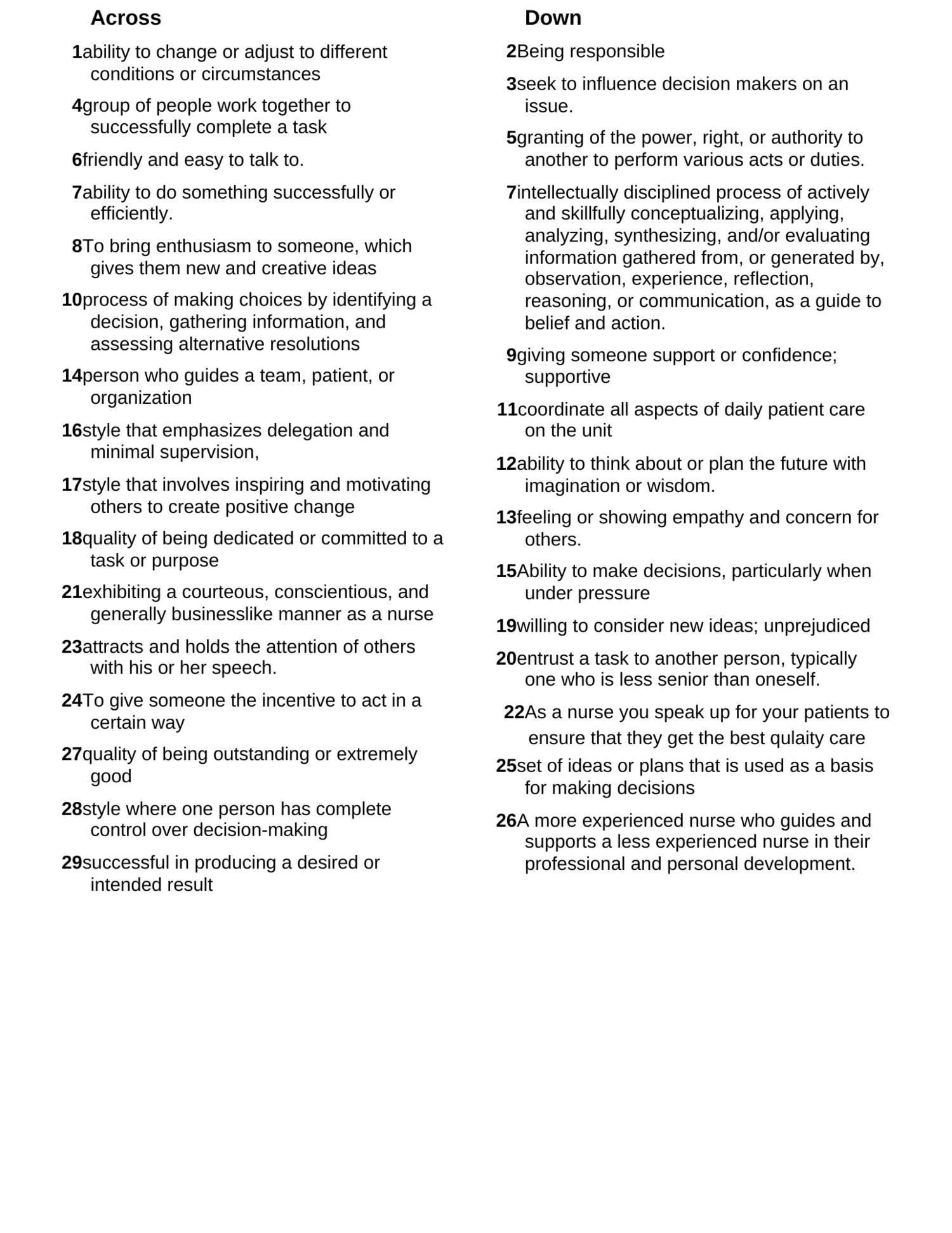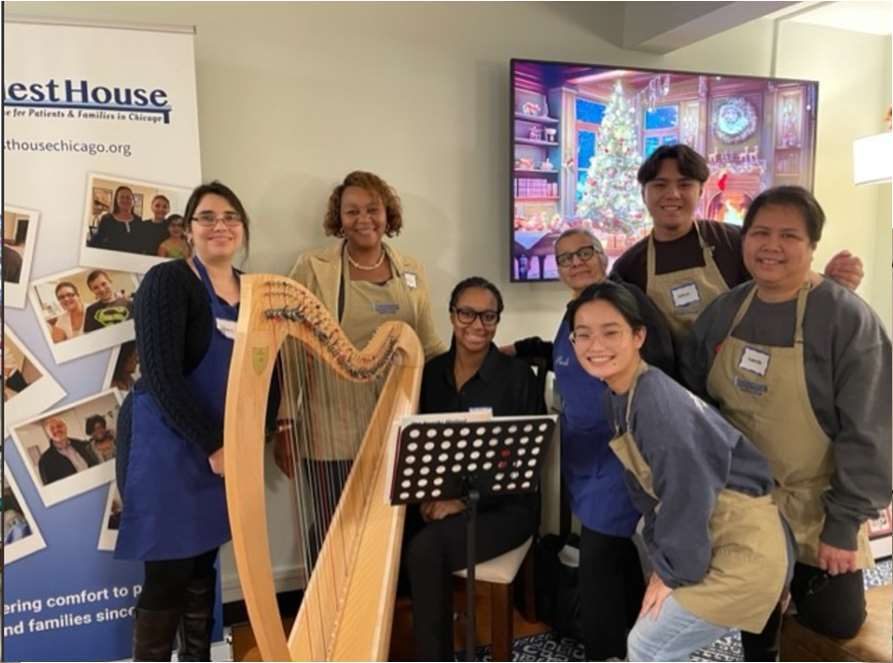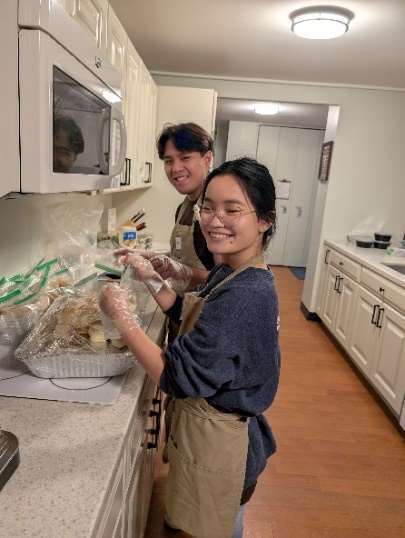The Illinois Nurses Foundation (INF) held its annual Holiday Fundraising Gala on December 7th , 2024 at the Courtyard Banquets in Warrenville, Illinois. It was a joyful evening for the Foundation and all those that came to celebrate. Various organizations and supporters of the Foundation purchased entire tables for the event, which provided an excellent way to spend time with friends and family during the holiday season while supporting a great cause. The event offered the perfect blend of holiday cheer, networking, excitement with raffles, and the 50/50 cash giveaway. Thanks to the overwhelming support of all the attendees, the Gala raised over $15,000!
Each year the Foundation's "Honor a Nurse" campaign grows. The project was designed to Honor nurses who have fought for the advancement of the profession and who inspire others to recognize their commitment to their patients and the work they do every day.
Nominations for the "Honor a Nurse" campaign were received throughout the year. The outpouring of stories collected were reviewed and narrowed down to five finalists, chosen by the Foundation Board members.
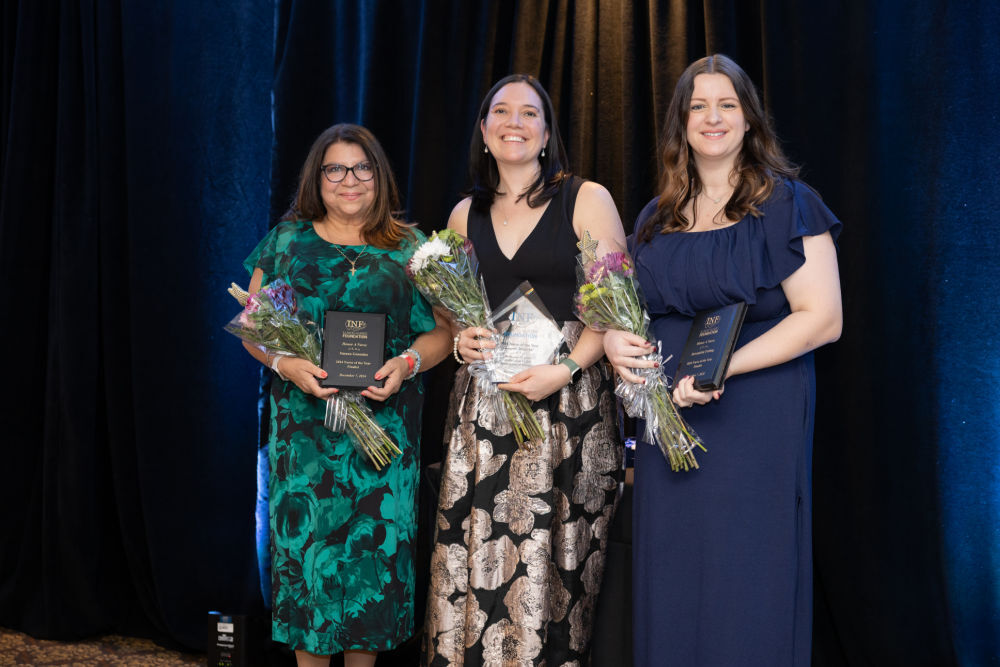
The 2024 Nurse of the Year award was then presented to Lauren Broucek. The story submitted to honor her read:

Lauren Broucek APRN, FNP-BC embodies the values of integrity, inclusivity, and innovation in her role as an APRN in the Division of Vascular Surgery at Northwestern Memorial Hospital. Lauren is the glue that holds her team together, consistently fostering a supportive culture among surgeons, residents, and advanced practice providers. With a 'can-do' attitude, she tackles even the busiest days with cheerfulness and unwavering dedication.
Lauren's compassion shines in her care for patients from diverse backgrounds. She leads initiatives in patient health education, smoking cessation, and navigating complex healthcare systems. From designing accessible education materials to providing personalized support to patients and coordinating their care, Lauren goes above and beyond to ensure inclusivity and excellence.
A champion for nursing advancement, Lauren played a pivotal role in developing Northwestern Medicine’s enhanced recovery pathway for lower extremity bypass surgery, sharing her expertise nationally at the 2024 Society for Vascular Nursing Annual Meeting. Her leadership, empathy, and commitment to improving patient outcomes make Lauren an exceptional nurse and an inspiration to all.
The other finalists included Alexandria Fetting and Susana Gonzalez. The stories submitted to honor them read:
Susana Gonzalez MHA, MSN, RN, CNML
In the ever-evolving field of nursing, Susana Gonzalez shines as a beacon of leadership, compassion, and advocacy. Her career spans diverse roles, showcasing her commitment to mentorship, community health, and advancing the nursing profession. As adjunct faculty at DePaul University, Susana has inspired future nurse leaders, with her guidance recently leading a mentee to earn the prestigious 2024 UsAgainstAlzheimer’s Brain Health Equity Nurse Fellowship.
A dedicated member of the National Association of Hispanic Nurses, Susana's efforts have elevated health equity and education for underrepresented communities. She has worked tirelessly to address social determinants of health, improve health outcomes, and advocate for meaningful policy changes. Her leadership in community initiatives, such as vaccination clinics, demonstrates her passion for positive change.
Susana’s unwavering commitment to inclusivity, courage, and integrity makes her a trailblazer in nursing. Recently honored as the 2024 Daisy Award recipient for Advancing Health Equity, she embodies the heart of the profession, enriching the lives of patients, students, and colleagues alike.
Alexandria Fetting BSN, RN
Allie is so much more than the Nurse of the Year; she is a beacon of hope and compassion, profoundly impacting everyone she meets. I first met Allie at Kindbody/Vios, navigating the complexities of IVF as someone born with unique medical challenges, including an incomplete uterus and Goldenhar Syndrome. Allie’s unwavering kindness, empathy, and individualized care transformed my medical journey. She doesn’t just treat patients—she advocates for them, ensuring that their voices are heard and their dignity respected.
Allie’s passion for nursing goes beyond the clinic walls. Her leadership fosters collaboration, innovation, and trust among her peers and patients alike. She has moved mountains with grace, empowering every patient to feel confident, supported, and cared for throughout their IVF journeys. Allie’s tireless dedication, deep connections, and joyful approach inspire her colleagues and community, making her a true role model.
Allie, your extraordinary contributions have renewed my faith in medicine and left an indelible mark on my life and the lives of countless others.
This year, the INF Board of Directors awarded Catherine Neuman the inaugural Lifetime Achievement Award.
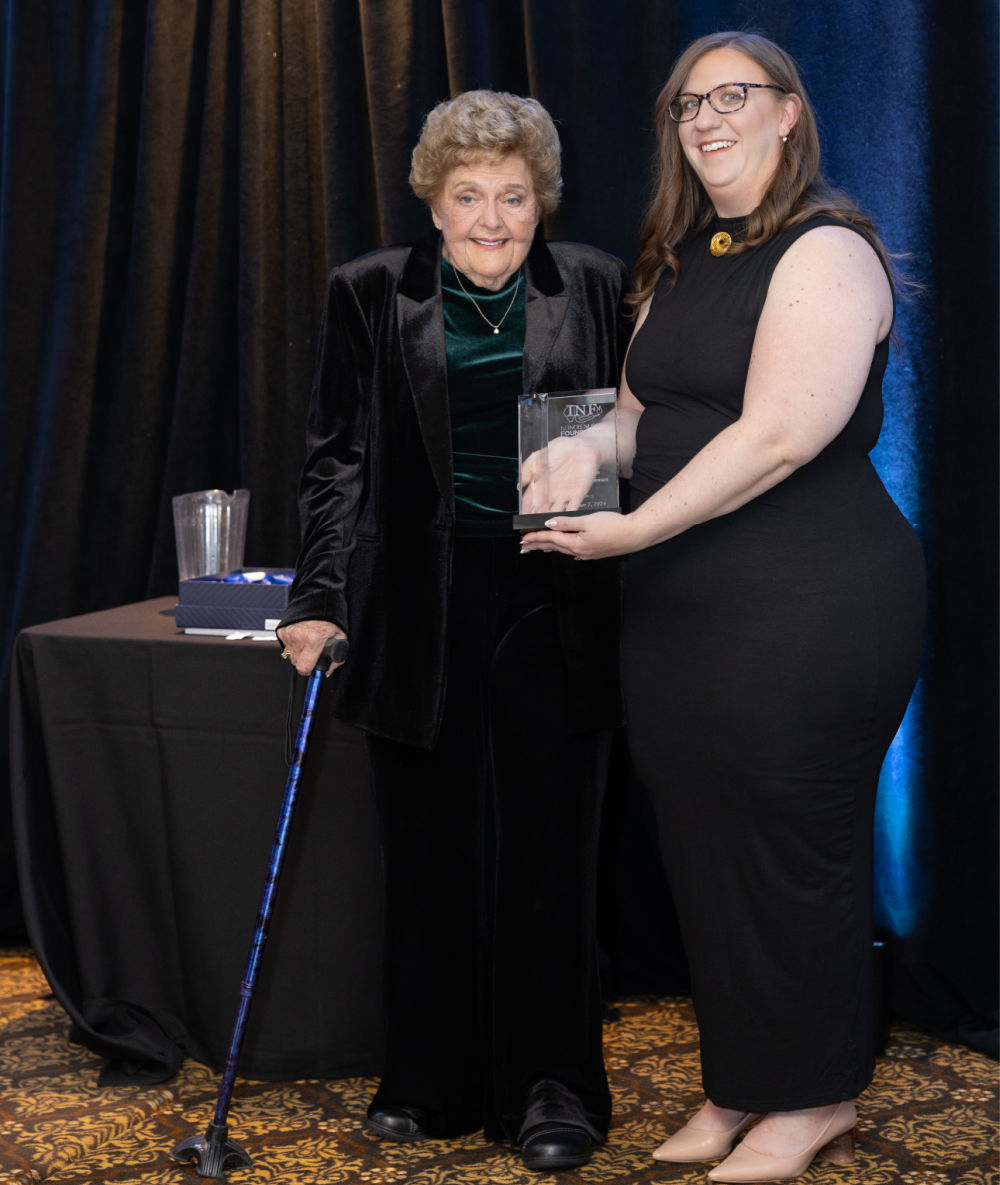
Catherine Neuman
With a career spanning over six decades, Cathy has been a tireless advocate for nursing, dedicating her life to advancing nursing practice, healthcare policy, and education. She served as Chief Nurse Executive at Memorial Hospital of Carbondale for nearly 30 years and held numerous leadership positions, including President of the Illinois Nurses Association (INA), First Vice President of the Illinois Nurses Foundation, and Chair of the Assembly on Health Policy.
Cathy has also been a key player in policy development and nursing workforce issues, serving on critical task forces and representing the INA in several forums, including the Illinois Arthritis Partnership and the Magnet Council. As a member of the Illinois Hospital Licensing Board from 2006 to 2020, she was a strong voice for the nursing profession in setting healthcare standards. Cathy’s contributions extend to Parish Nursing at St. Joseph, Marion, IL, and she has received multiple accolades, including the Anne Zimmerman Honorary Member Award.
Through her leadership, advocacy, and mentorship, Cathy has left an indelible mark on the nursing profession, both in Illinois and nationally. Her dedication to improving healthcare access and workforce standards makes her a fitting candidate for this prestigious award.
The INF strives to make this event a MUST ATTEND for all those in the nursing profession and its supporters. A very special thank you to each of our major sponsors, many donors, and the volunteers who worked to make this event a success. Thank you for all that you do to support Illinois Nurses Foundation!
